As a longtime attendee and supporter of the RootsTech Conference (since 2011), I have the privilege of declaring this amazing event – BACK and better than ever! Don’t get me wrong – thanks to some amazing people, RootsTech kept going virtually through Covid – but having the in-person event back in such a big way is nothing short of a miracle!
The organizers of the RootsTech suite of events faced the biggest challenges we could ever imagine when Covid reared its ugly head. But ironically, adversity often has a way of forcing us into areas of creativity and desperation that result in an entirely new creation.
In this case, the new creation was a conference that reached global audiences and sustained our fix for genealogy education and connection despite the worst possible historical event that stretched beyond our dreaded fears.
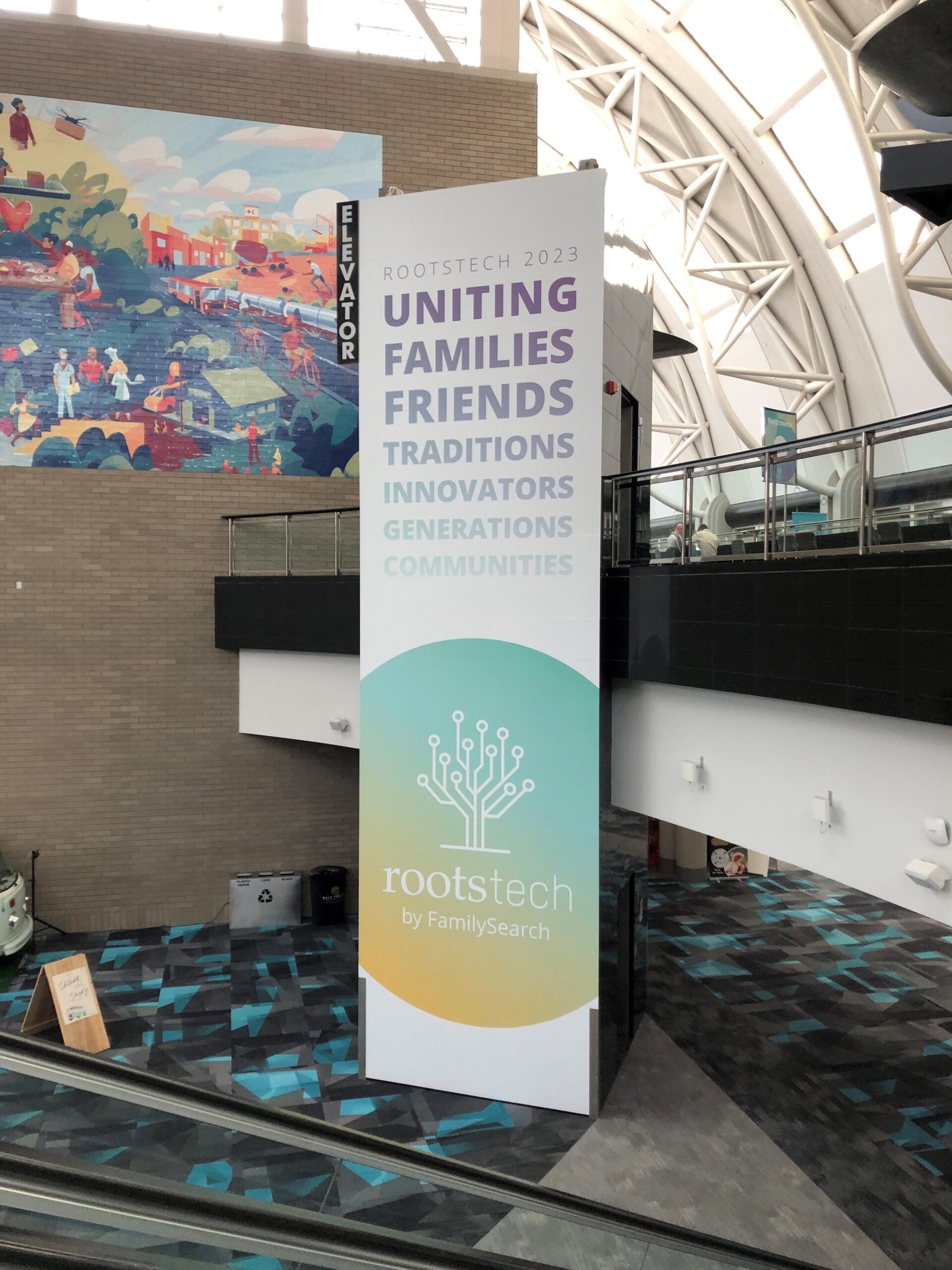 Now that 2023 has arrived and Covid has at least loosened its deadly grip on the world, the RootsTech team made the brave decision to return to Salt Lake City – in person – while keeping the virtual options fresh and alive to maintain the global connections built over the past two years.
Now that 2023 has arrived and Covid has at least loosened its deadly grip on the world, the RootsTech team made the brave decision to return to Salt Lake City – in person – while keeping the virtual options fresh and alive to maintain the global connections built over the past two years.
For those who attended this year and quipped that the conference was not as large as the years prior to Covid – I say – RootsTech is bigger in its overall reach since it is fully hybrid – and the 2023 on-site event was only slightly smaller than 2020.
I remember this conference in its infancy, back in 2011 – when the entire conference fit into the north side of the Salt Palace. That smaller footprint was sustained for a few years prior to its move to the entire venue. Even in its first year, attendance was double the average attendance of the other national genealogical society conferences – back then we had about 2 genealogy conferences that drew between 1500-2500 – and the first RootsTech more than doubled this number.
In 2020, this conference had reached its golden on-site peak at 30,000+ attendees over the course of three days, and every nook and cranny of the Salt Palace was packed with genealogy fun. None of us realized how close Covid was that year. Although, many of us found out upon our return home when the toilet paper shelves were emptying, and we had a mysterious head cold that came out of nowhere.
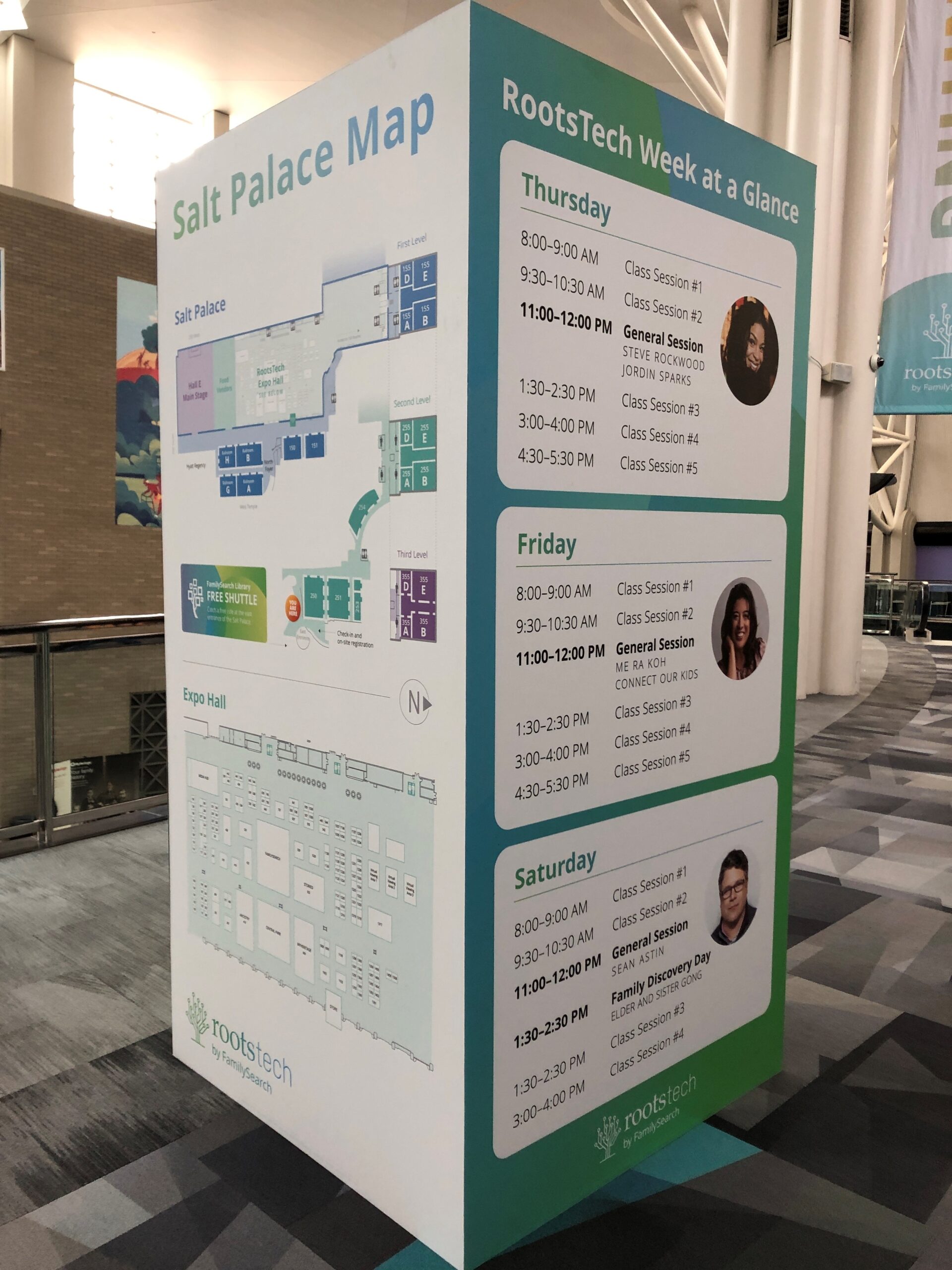 And the blunt fact that we all need to remember is that for over three years, we lived in a terrified state. So many people died or almost died across our globe. We lost too many wonderful genie friends, and we will never be the same in many ways.
And the blunt fact that we all need to remember is that for over three years, we lived in a terrified state. So many people died or almost died across our globe. We lost too many wonderful genie friends, and we will never be the same in many ways.
Despite the global terror, the RootsTech team marched on, providing us with two solid years of free virtual programming and engagement. Now that they pulled the chord to return to in-person classes, they never left the virtual attendees behind and made sure to provide an entirely different set of classes (plus live-streaming some on-site sessions) that equaled the number of in-person sessions in quality and quantity.
The result was an amazing end product that satisfied both audiences – uniting us on a scale that we have never seen before – which was a goal of this this year’s theme: Uniting. It also opens the door for more great speakers to participate without physical travel where that might be impossible or a great burden. While the on-site crowd was slightly smaller than the peak of attendance in 2020, I was delighted to see that the buzz and energy had returned. With the higher travel costs, and some folks just not ready for post-Covid travel to such a large event – the first year back was NEVER going to be as large as 2020.
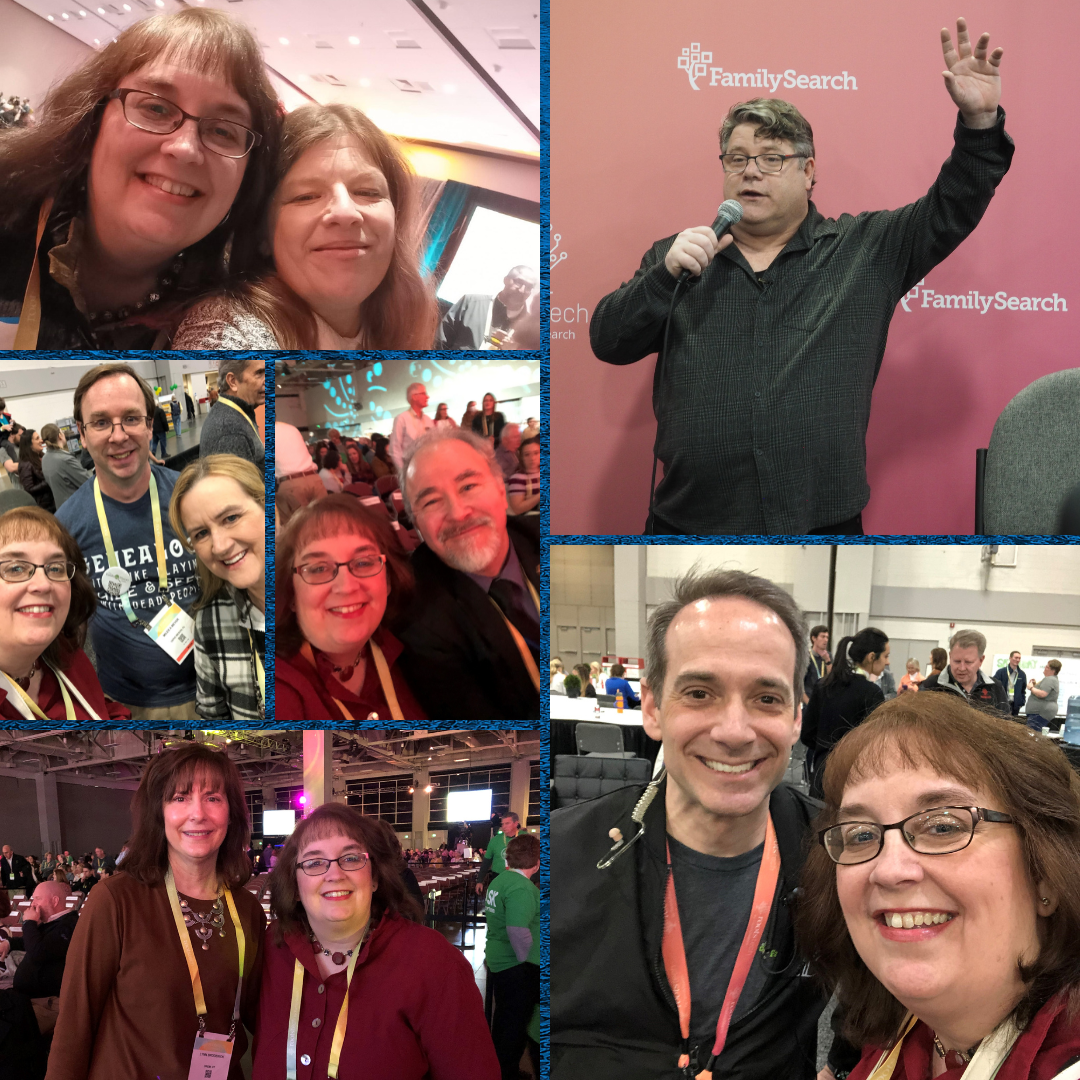 But what a wonderful turn out it turned out to be!
But what a wonderful turn out it turned out to be!
I admit to getting teary eyed a few times with all of the hugs and selfies, main stage crowds and energy, seeing audience reactions/engagement, and connecting with our genie tribe in person. The experience truly reminded me that we cannot take these experiences for granted. The truth is, we almost lost them forever. If it wasn’t for the tenacity of the RootsTech organizing team, all of this was in danger. While standing in the giant exhibit hall that is so large and full of genealogy goodness, I said a prayer of thanksgiving.
You see, as much as I love a good genealogy conference, and I’ve been to (and spoken at) many national conferences in the past dozen or so years, there has never been anything to compare to RootsTech. All I have written so far should put this yearly event on your genealogy bucket list – and if you need more incentive – that exhibit hall is larger than ANY you have seen in the genealogy field. All the others are very small shadows compared to the RootsTech exhibit hall – and – once you’ve seen it, you can’t unsee it.
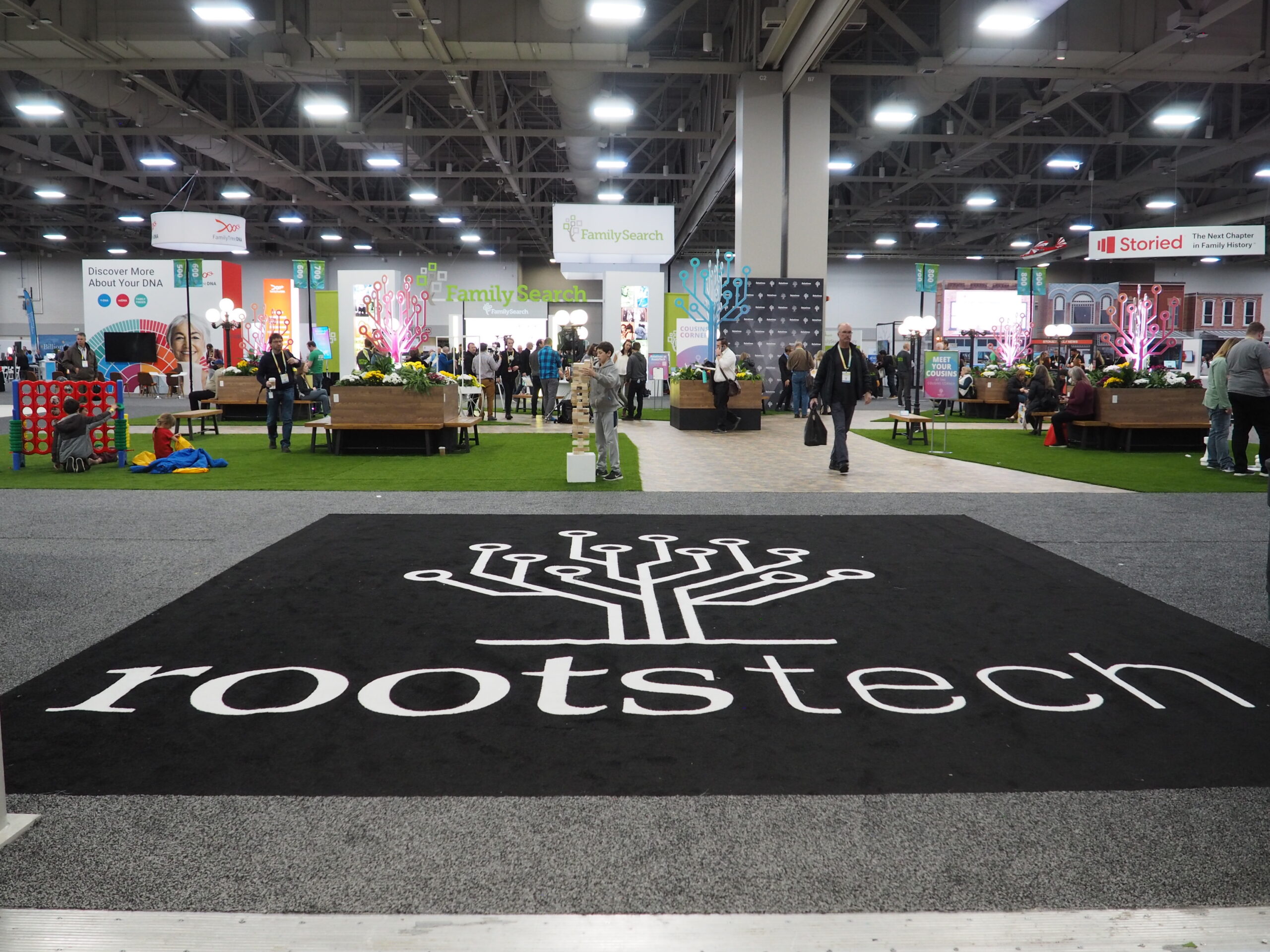
Some highlights of this year:
With some slightly smaller attendance numbers, the footprint of the event was roughly the same – so everything felt, familiar, comfortable, and slightly less cramped in your favorite sessions.
The energy, connections, and buzz were back in the main stage, the exhibit hall, and the sessions! This is why we come to RootsTech, and it did not disappoint!
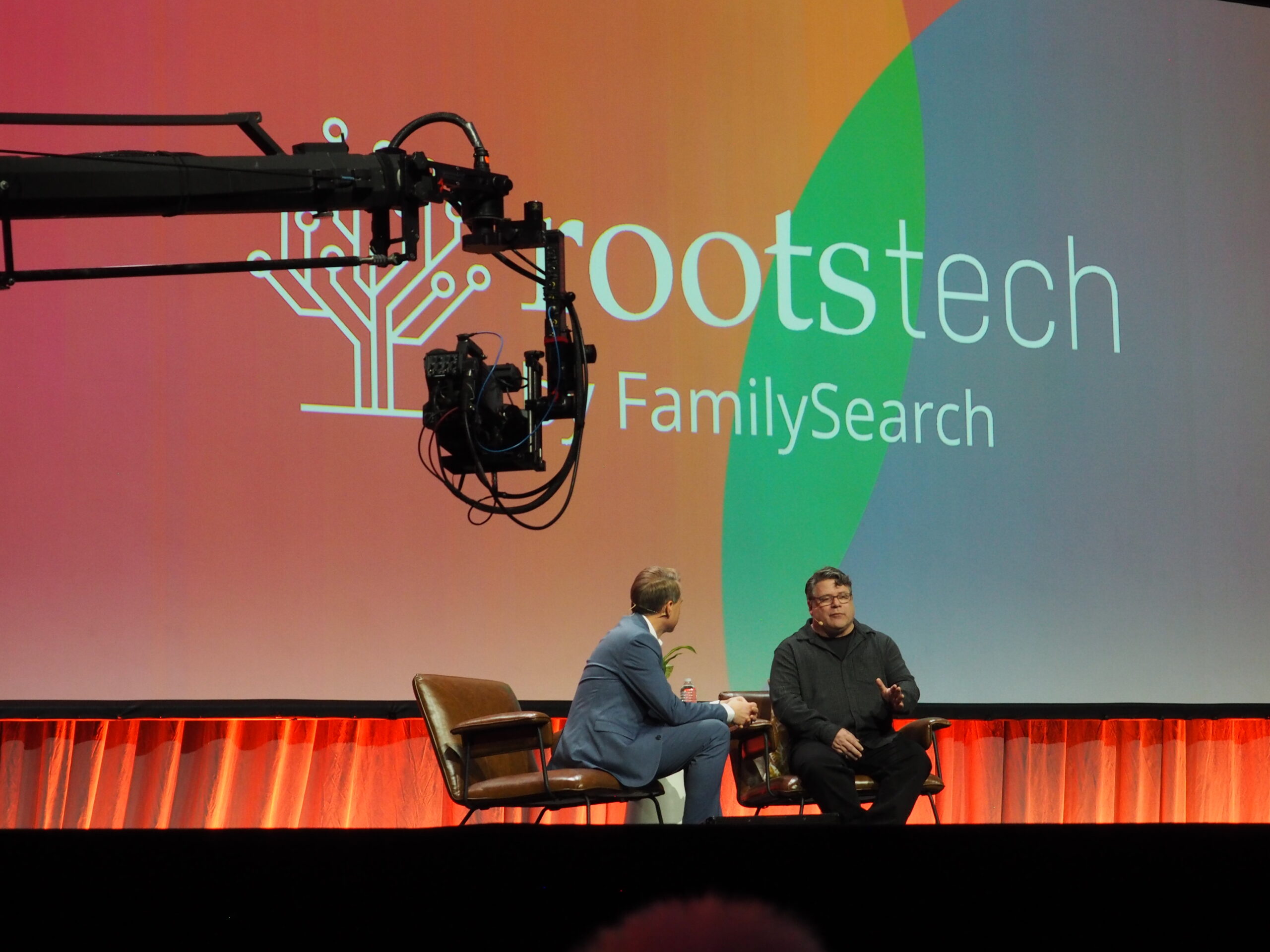
Registration was seamless and extremely efficient – no bags this year – but with registration cost down to around $100 + FREE virtual sessions, the bargain was significant! All of your favorite celebrity genies were there to deliver quality sessions and welcome everyone back to the genealogy event of the year!
Big announcements came from the major vendors, and Family Search – announcing so many tech tools and enhancements to the products. I could never list everything here – but do yourself a favor and virtually revisit the exhibitors/vendors from this year’s virtual and on-site events. It’s still the winter months, so it’s a great time to explore their sites more fully. Some of them are even still offering conference specials and discounts for their products – so, hurry up – time’s a wastin’!
 In my previous post, I announced that I had been selected to give 6 sessions this year – one was live streamed and can be watched here (Navigating Racial Challenges in DNA Matches, with Donald Shores) – but two of the sessions were hands-on workshops given at the Family Search Library (formerly known as the Family History Library) as a part of RootsTech – and co-sponsored by my employer, the National Society of the Sons of the American Revolution!
In my previous post, I announced that I had been selected to give 6 sessions this year – one was live streamed and can be watched here (Navigating Racial Challenges in DNA Matches, with Donald Shores) – but two of the sessions were hands-on workshops given at the Family Search Library (formerly known as the Family History Library) as a part of RootsTech – and co-sponsored by my employer, the National Society of the Sons of the American Revolution!
This workshop format was a new concept, and I was honored to be a part of the inaugural series launch in conjunction with the RootsTech offerings. These sessions were listed as a part of the on-site session list, but pre-registration was required since class size was limited to 50 each. The classes I gave on historic photography and preservation were full within a couple days of listing, and we even opened up for ten more people each class (which meant ordering more gloves prior to flying to SLC) – but of course, even that wasn’t enough, and we had more people wanting to squeeze in. The educational benefits of these classes included not only holding the various photographic formats in their hands – but all attendees went home with two pairs of gloves and a sampling of enclosures to get them started in preserving their own photographs at home.
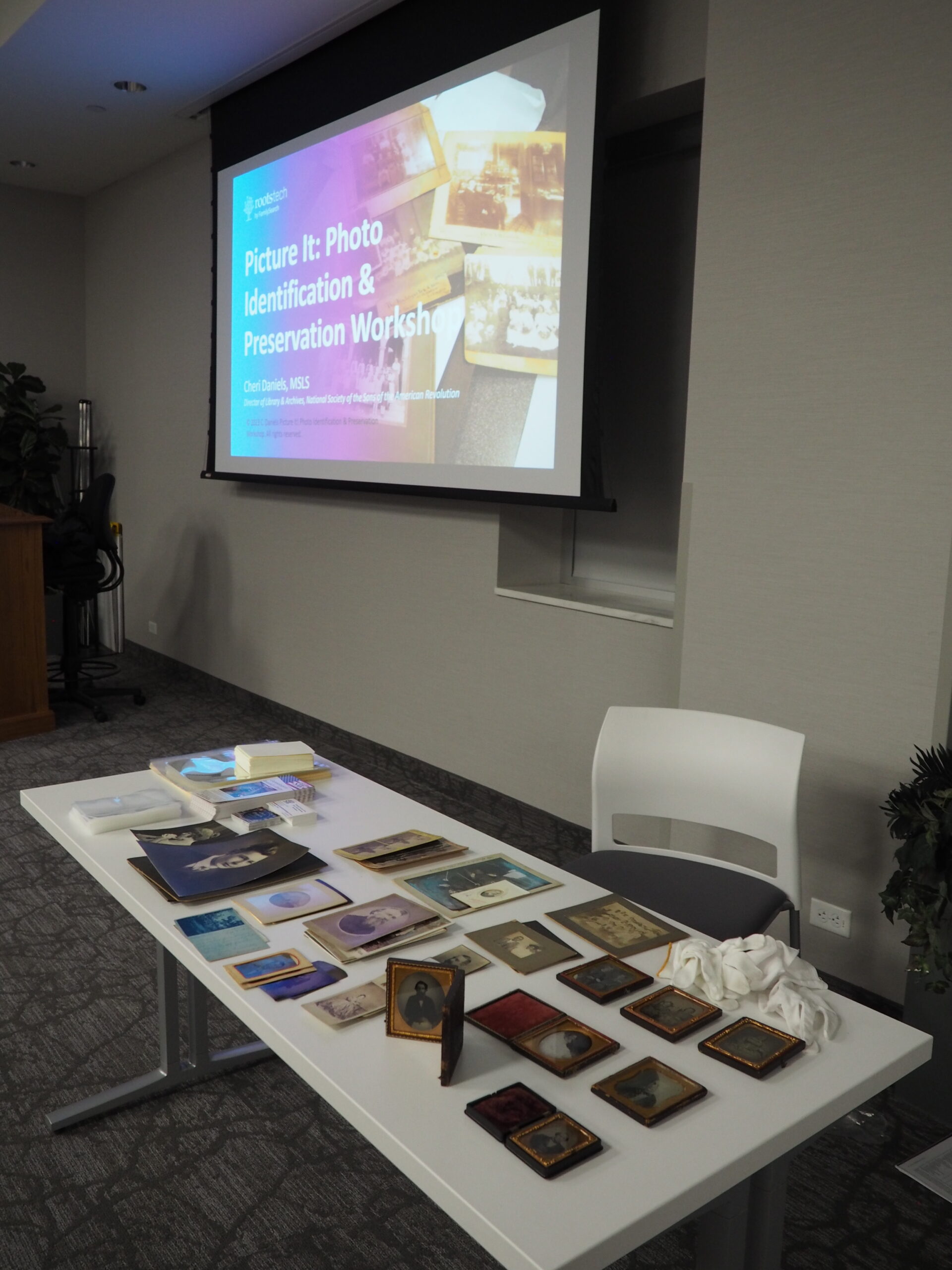
And lastly…the amazing keynote speakers provided incredible high points as usual. Most of these can still be viewed on the RootsTech main website. Of course, my favorite of Sean Astin! Getting to meet him in person was an experience I will never forget. “Goonies never say die!”
Here are my final thoughts:
- With so many sessions available for free on the RootsTech website (sessions from 2020-2023) – RootsTech is NEVER over! Invest in your own genealogy education and development by viewing these great sessions over the next year.
- Now that the inaugural post-Covid event is under our belt, you know this on-site event is going to continue to grow each year – so put this back on your genealogy bucket list. Every genealogist should attend at least once in their lifetime!
- Despite the large crowds, very few masks, and lots of hugs, conversations, and mass transit (planes, trains, & automobiles) – no one in my party came home sick – nor have I heard of any widespread illness during, nor upon our return. In 2020, it feels like we all got sick during or after. This is a wonderful sign about our (hopefully) post-Covid existence.
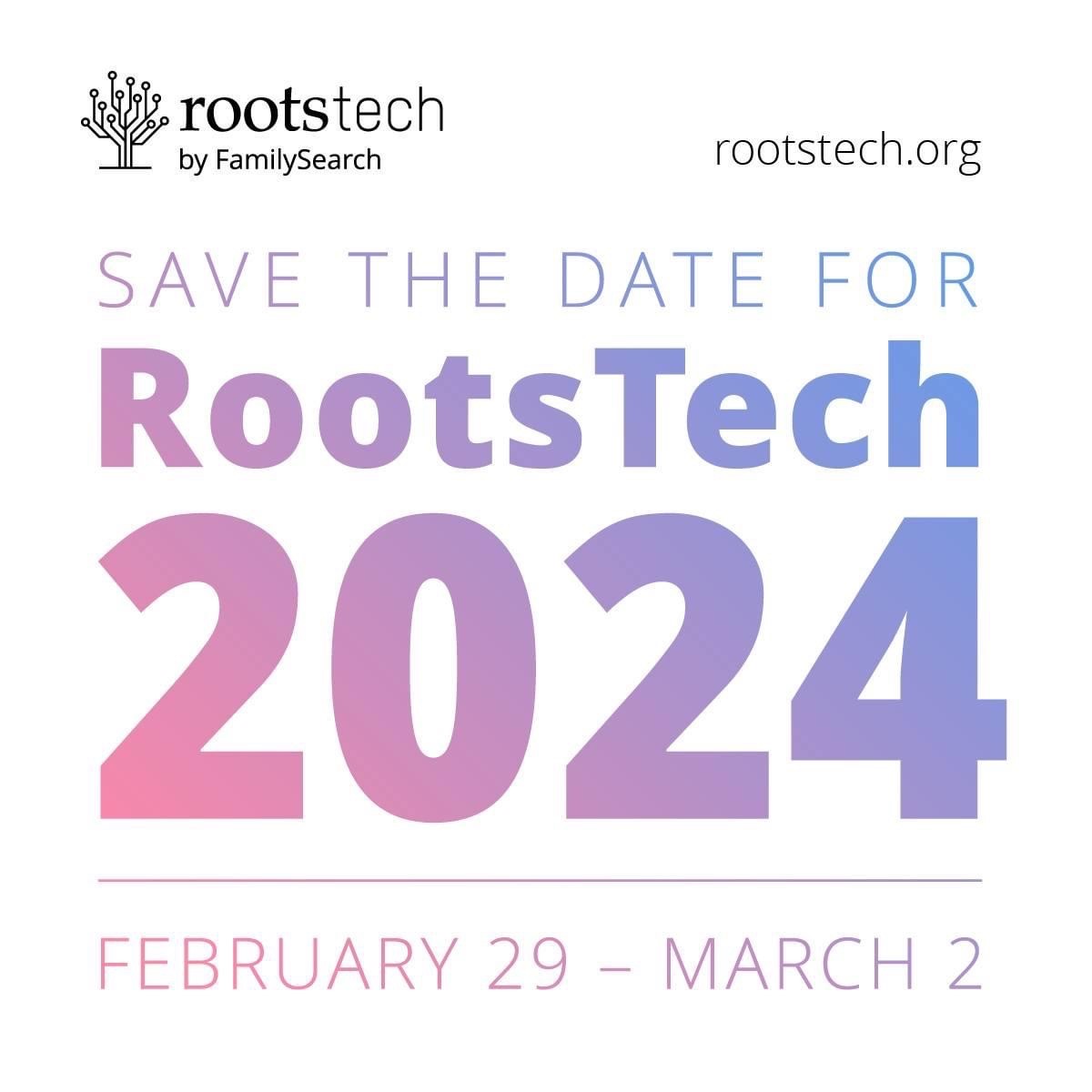 If you plan on coming out next year – the dates have already been set, and one word of planning caution – from what I observed – with both merchandise and the food set-up – this conference has moved to a cashless system.
If you plan on coming out next year – the dates have already been set, and one word of planning caution – from what I observed – with both merchandise and the food set-up – this conference has moved to a cashless system.- Be watching for a post-event podcast episode coming soon via BloodRoot as my RootsTech posse gathers once again to chat about our 2023 experience!
- If you are in the Louisville/Kentuckiana region – be on the lookout for the Picture It! Workshops to be given again this summer at the NSSAR headquarters. Keep an eye on the events page of library.sar.org for coming announcements.
Thanks to all who attended my sessions and have reached out since – y’all make the work so worth while!
Wishing everyone a safe 2023, and – hopefully – look forward to seeing even more of you in SLC in 2024!
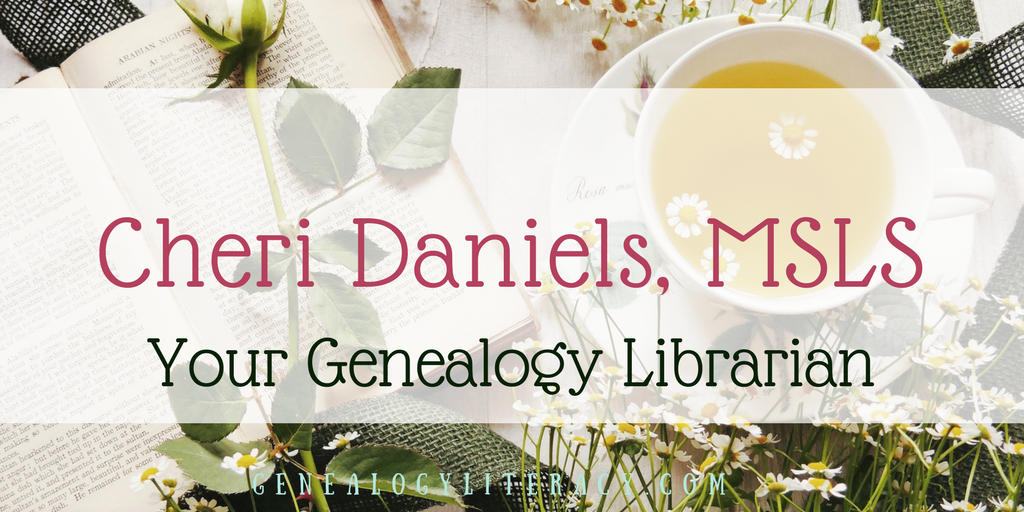
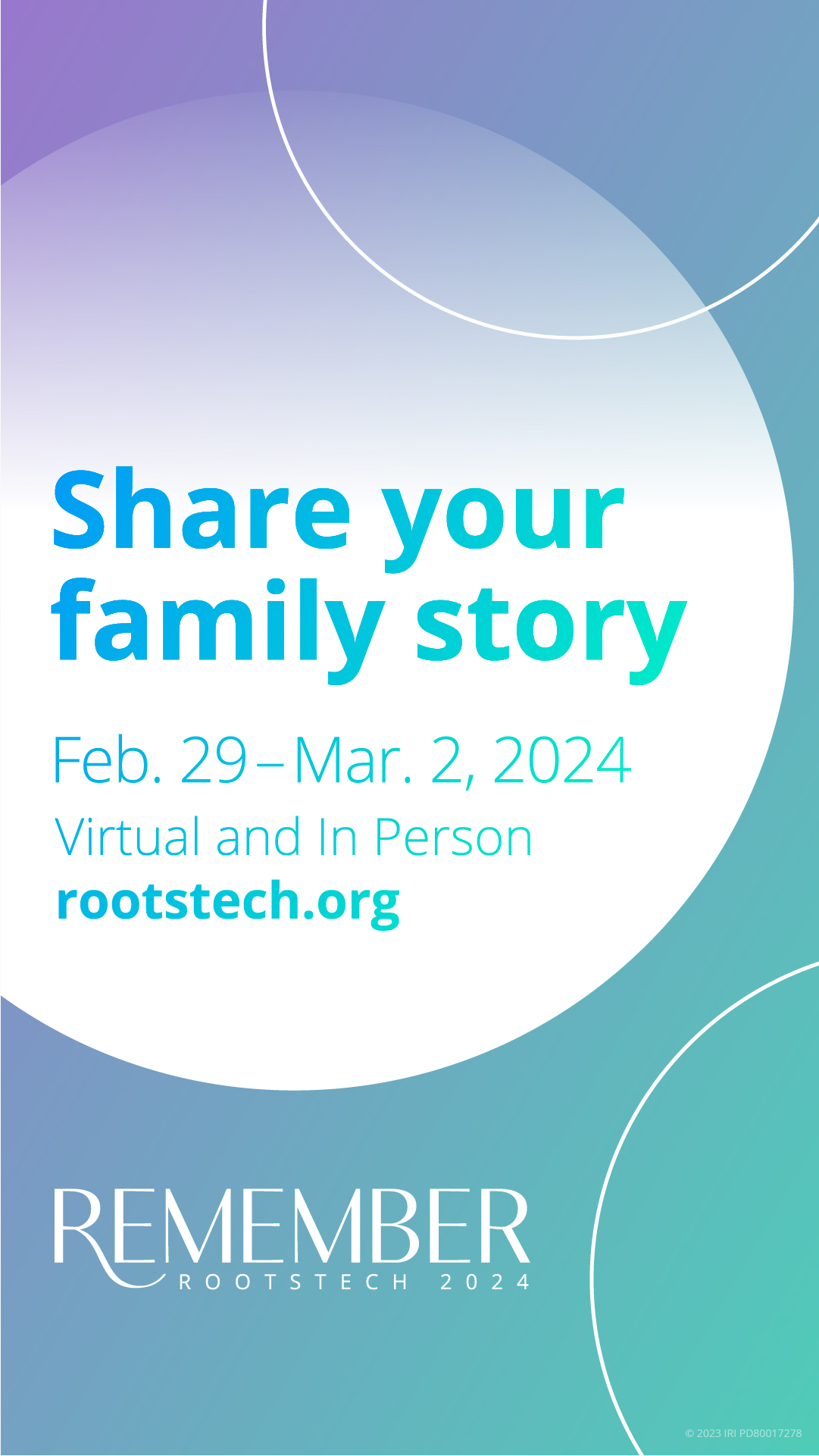 I apologize for this message being so late since the RootsTech Family History Conference is now breathing down our necks – less than two months away! Unfortunately, during much of the RootsTech planning and announcements, my mother fell ill and passed away this fall. Naturally, RootsTech was the last thing I was thinking about with the grief swirling throughout the Holidays, etc.
I apologize for this message being so late since the RootsTech Family History Conference is now breathing down our necks – less than two months away! Unfortunately, during much of the RootsTech planning and announcements, my mother fell ill and passed away this fall. Naturally, RootsTech was the last thing I was thinking about with the grief swirling throughout the Holidays, etc.
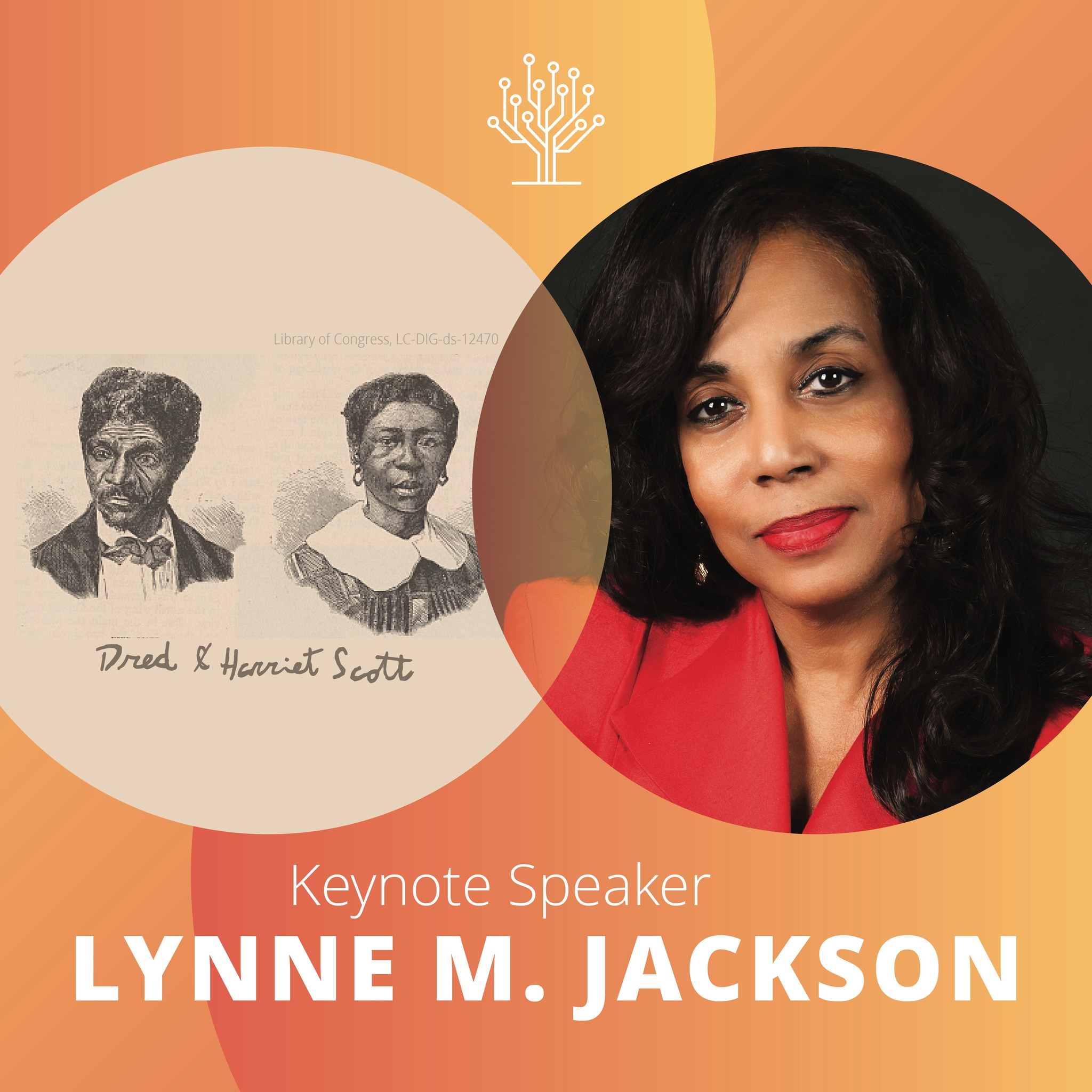 First keynote has been announced and the selection is spot on for reminding us about the journey and the larger connections of genealogy to history: Lynne M. Jackson – the great great granddaughter of Dred and Harriet Scott – from the famous U.S. Court case of 1857 that pushed the subject of slavery to the boiling point in the final years prior to the Civil War. Jackson will be sharing her family’s legacy and how their place in history impacts her today.
First keynote has been announced and the selection is spot on for reminding us about the journey and the larger connections of genealogy to history: Lynne M. Jackson – the great great granddaughter of Dred and Harriet Scott – from the famous U.S. Court case of 1857 that pushed the subject of slavery to the boiling point in the final years prior to the Civil War. Jackson will be sharing her family’s legacy and how their place in history impacts her today. Yes – I am super honored to be presenting again at RootsTech! Both sessions are in-person in SLC: My 2023 workshop – Picture It: Photo Identification and Preservation – is BACK by popular demand – one last time in the Salt Palace! I also have a NEW session coming in 2024: Hiding Behind the Liberty Tree – Finding Patriots Among Underrepresented Groups.
Yes – I am super honored to be presenting again at RootsTech! Both sessions are in-person in SLC: My 2023 workshop – Picture It: Photo Identification and Preservation – is BACK by popular demand – one last time in the Salt Palace! I also have a NEW session coming in 2024: Hiding Behind the Liberty Tree – Finding Patriots Among Underrepresented Groups.
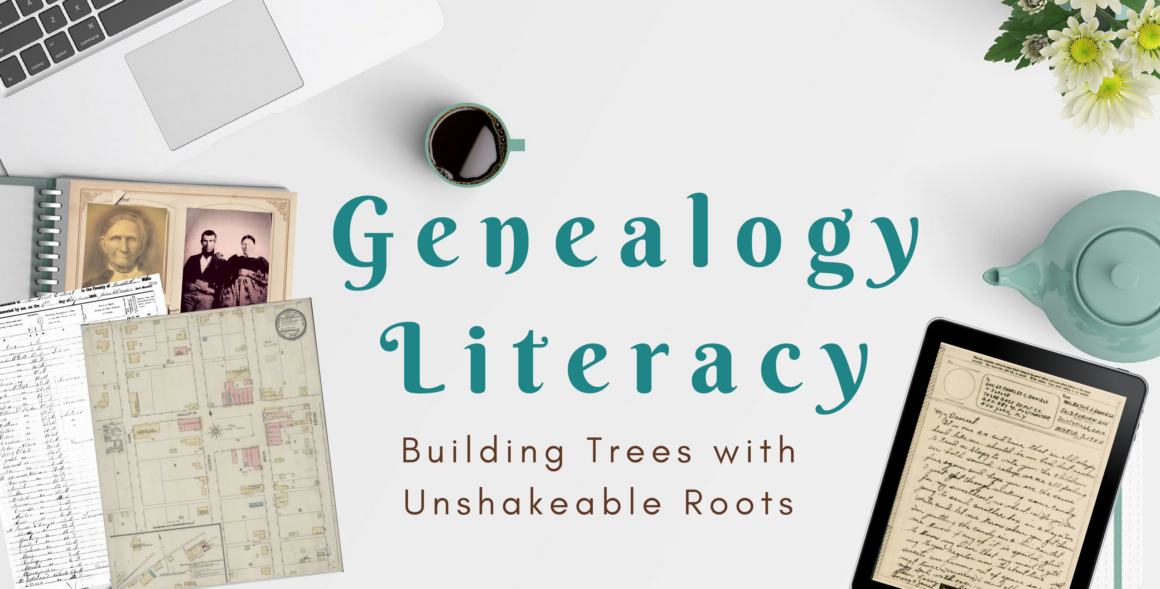
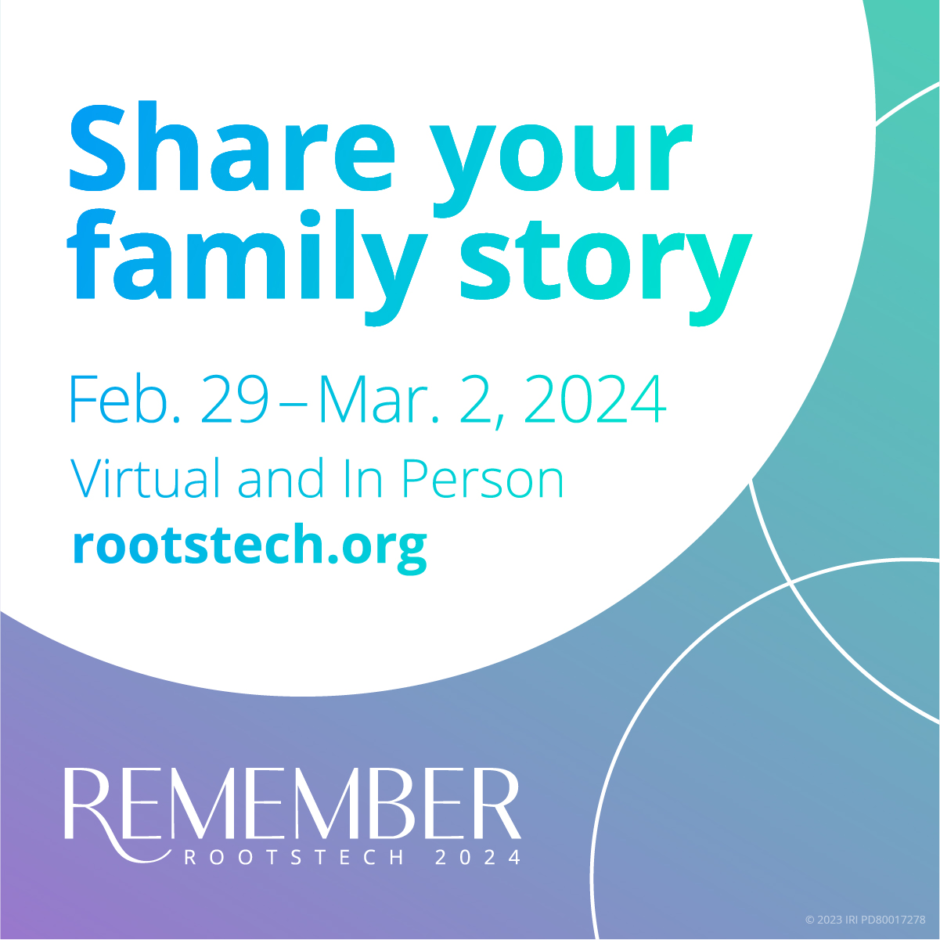

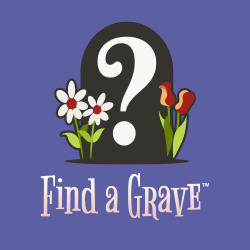 The question was aimed at the value of a collection of Cemetery Inventories submitted over the years by their local community – and housed in the local library. To paraphrase the question: With the growth, popularity, and availability of Find a Grave, do we need to keep the older print inventories taken years ago?
The question was aimed at the value of a collection of Cemetery Inventories submitted over the years by their local community – and housed in the local library. To paraphrase the question: With the growth, popularity, and availability of Find a Grave, do we need to keep the older print inventories taken years ago?
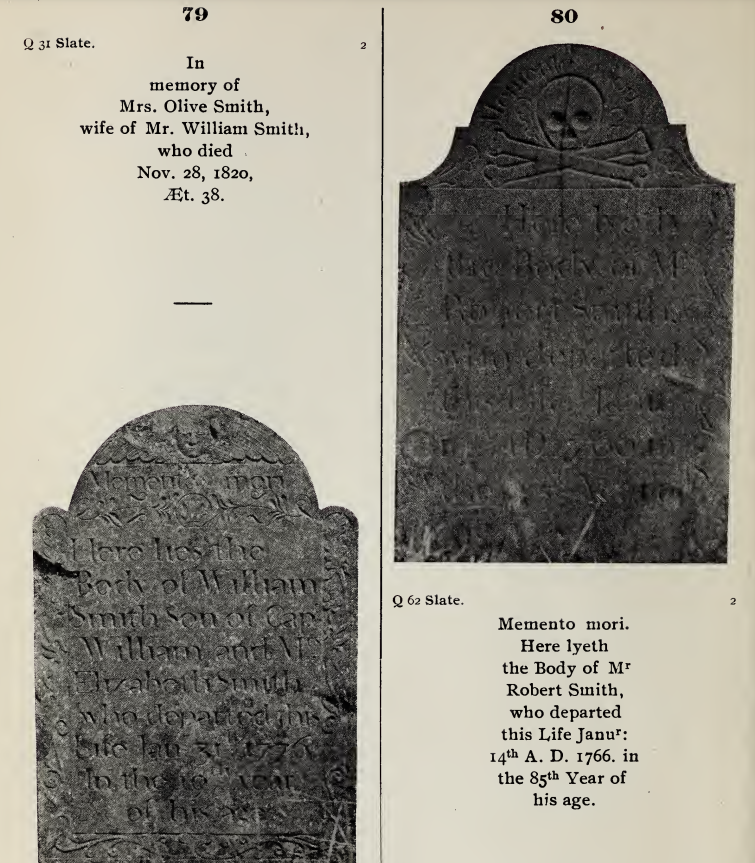
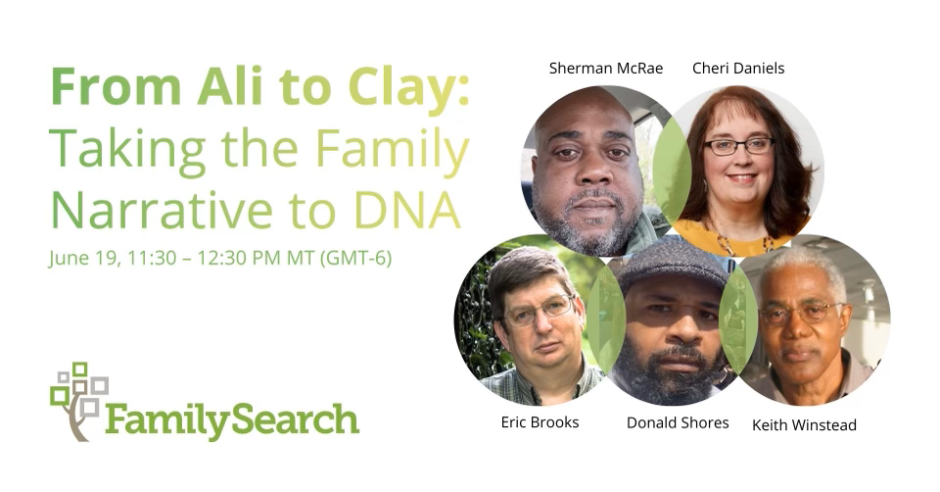
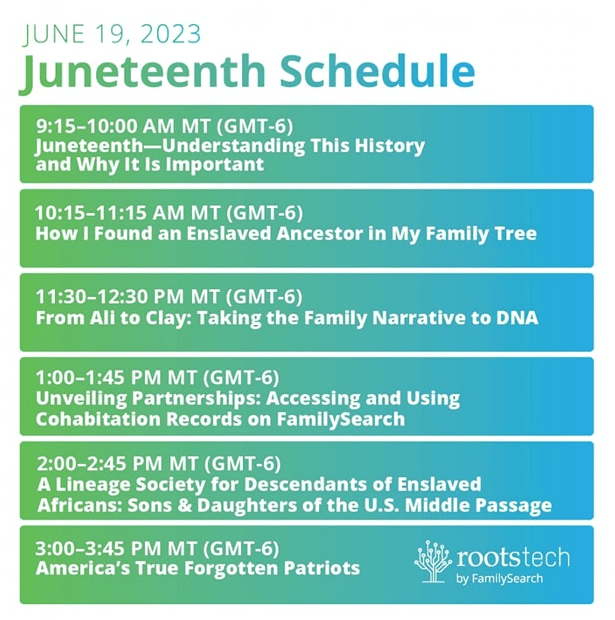
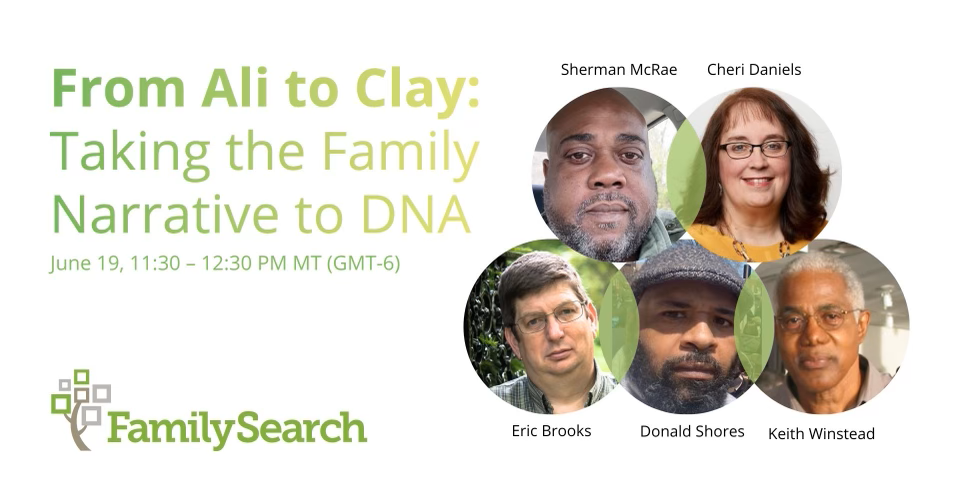
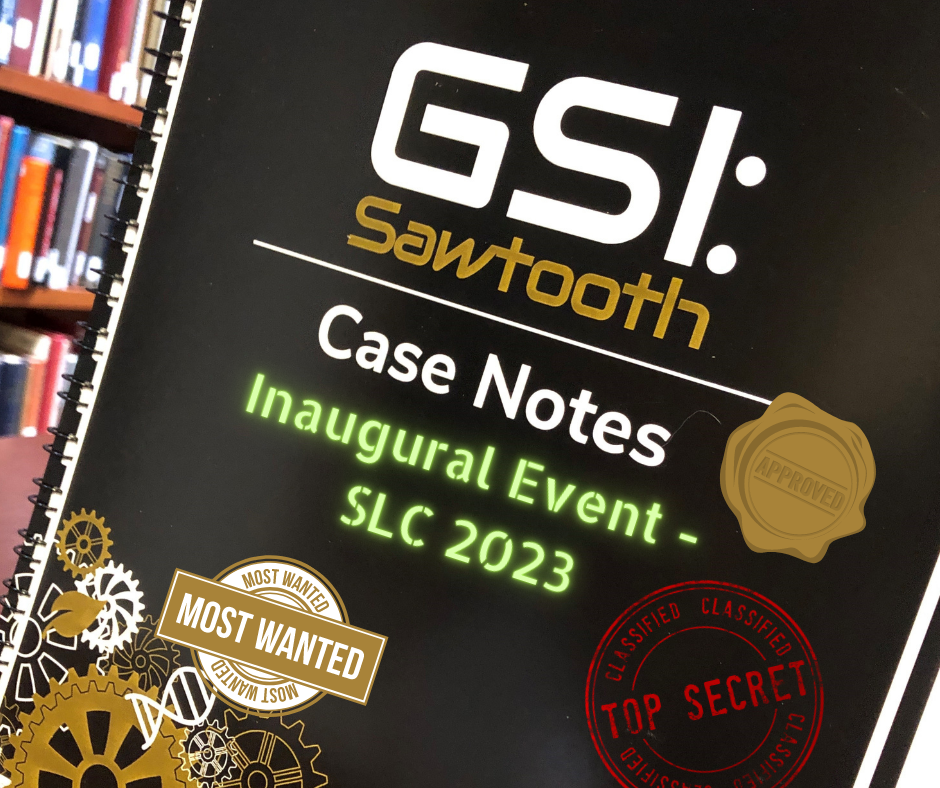
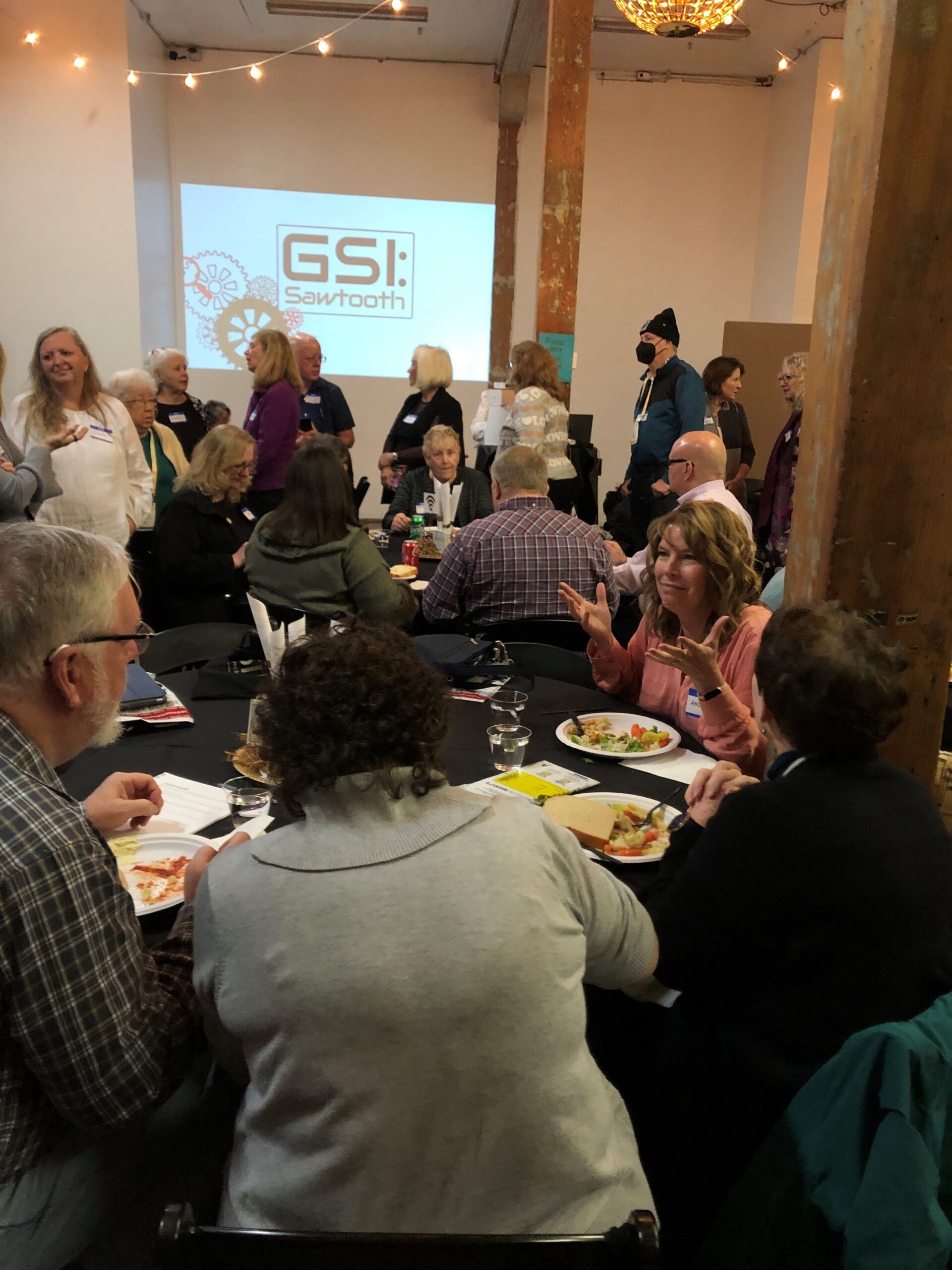 One little detail that I left out of my previous post was a very special RootsTech Eve event: GSI – Genealogy Solves It – DNA Mystery Dinner! This brand-new DNA/genealogy based murder mystery dinner was created by authors and DNA chums,
One little detail that I left out of my previous post was a very special RootsTech Eve event: GSI – Genealogy Solves It – DNA Mystery Dinner! This brand-new DNA/genealogy based murder mystery dinner was created by authors and DNA chums, 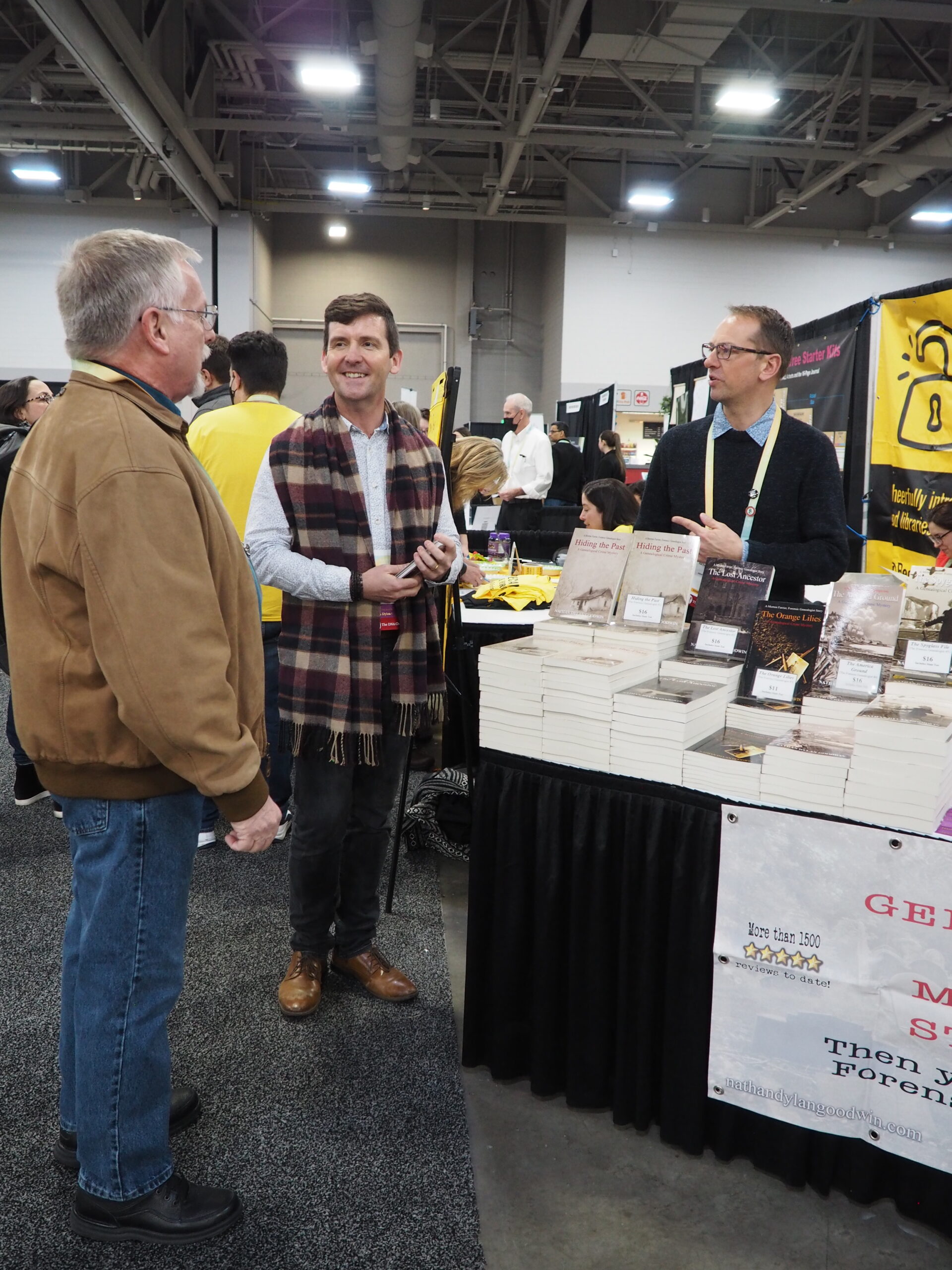
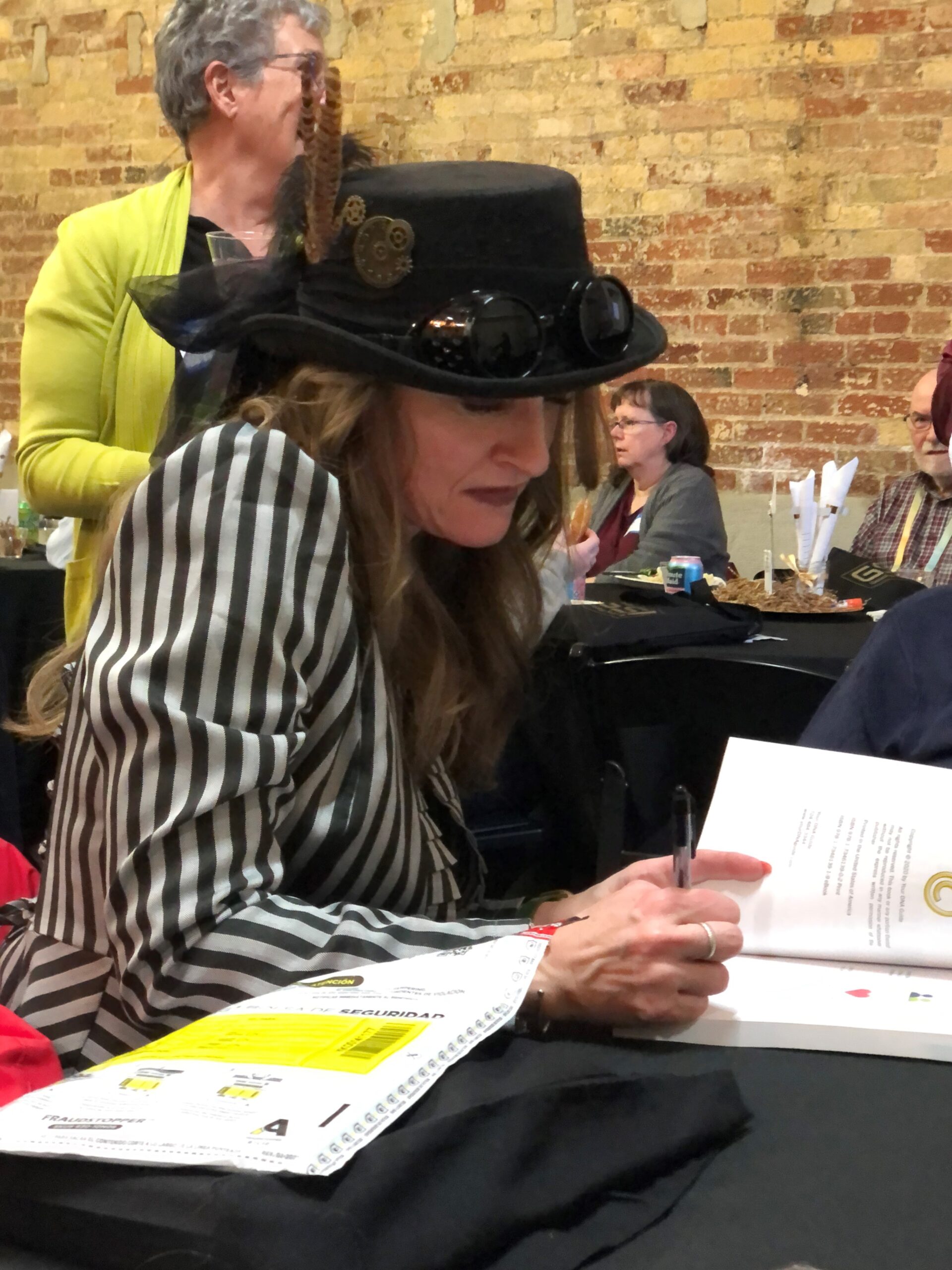
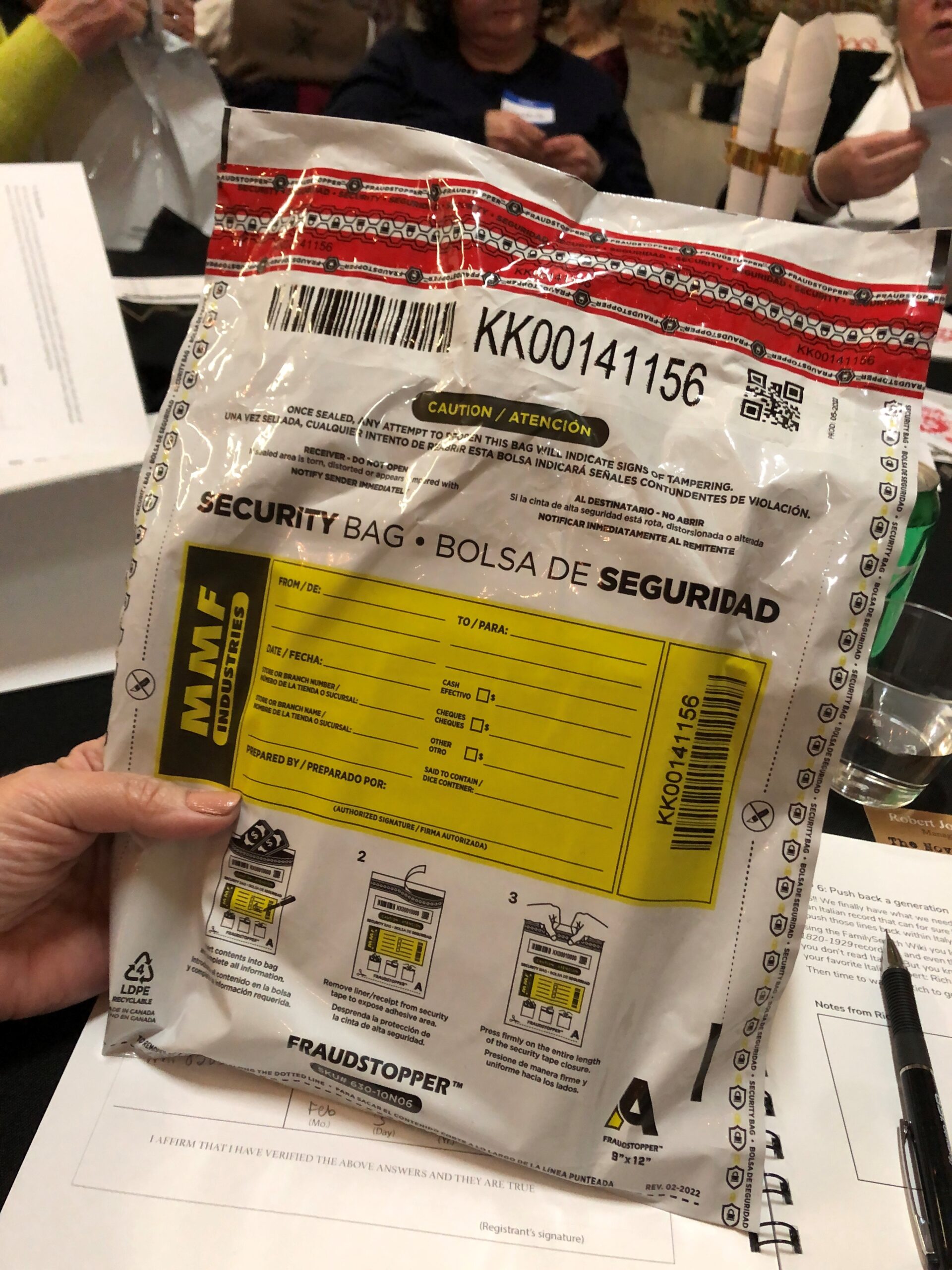
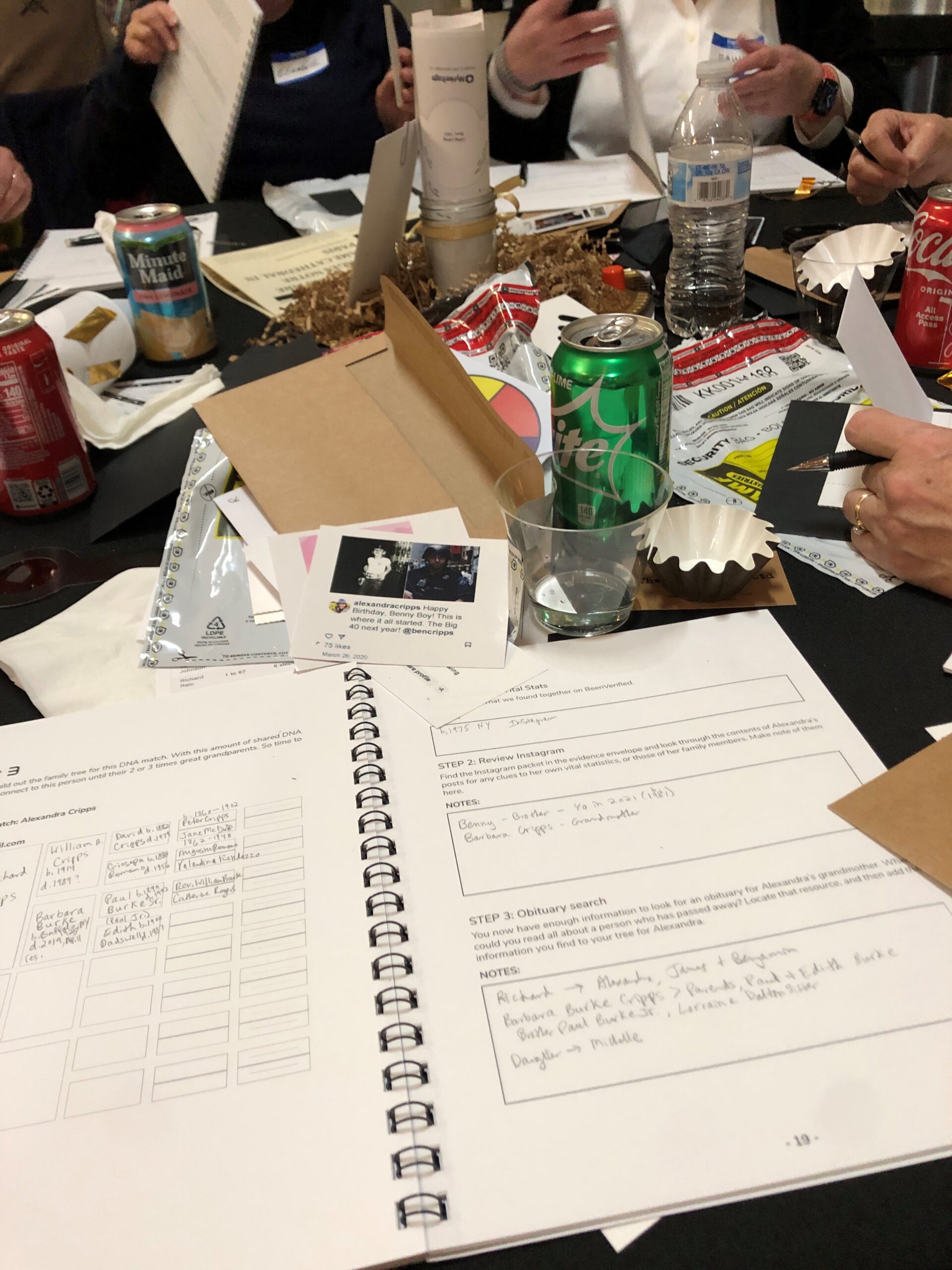
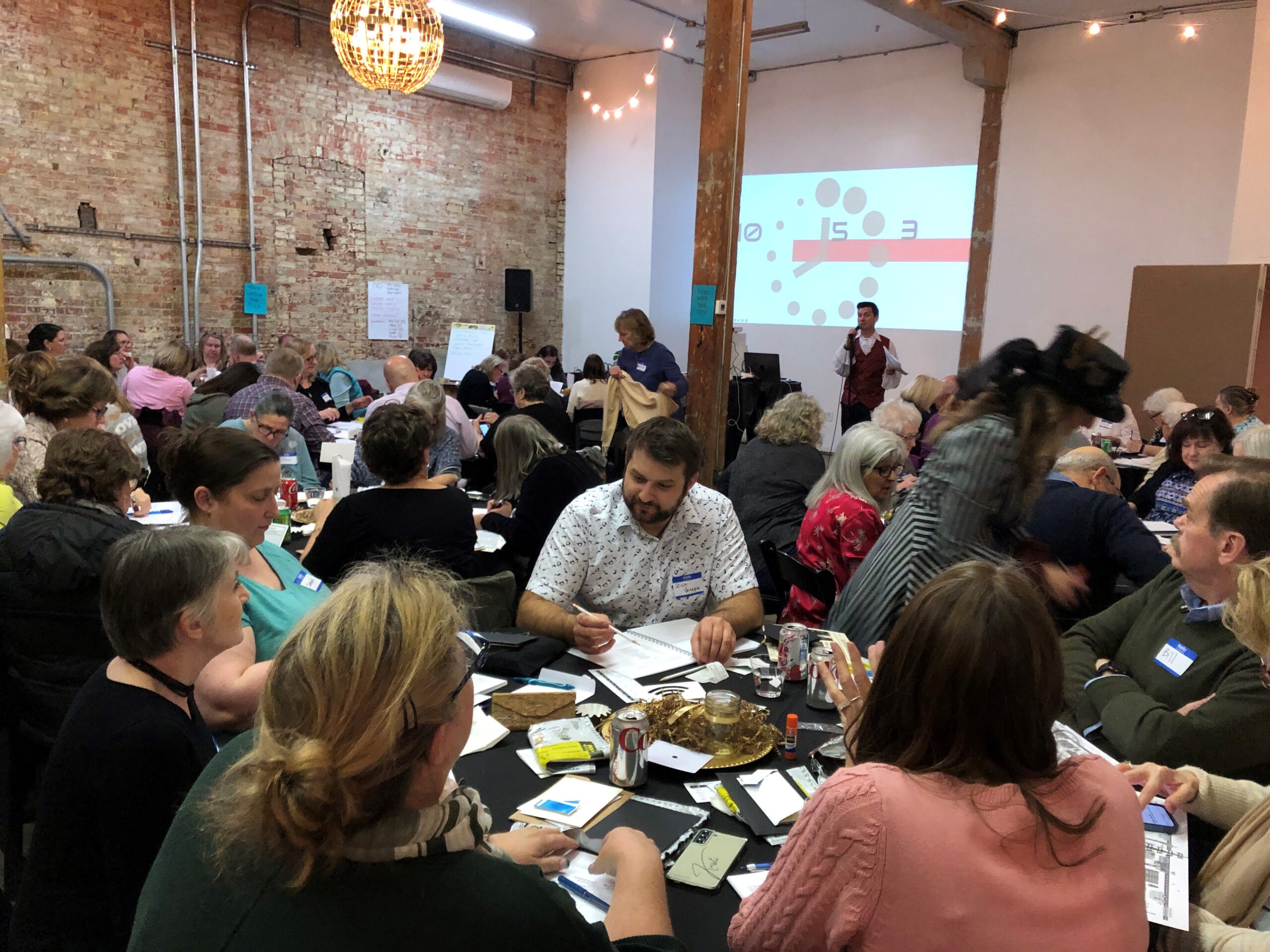
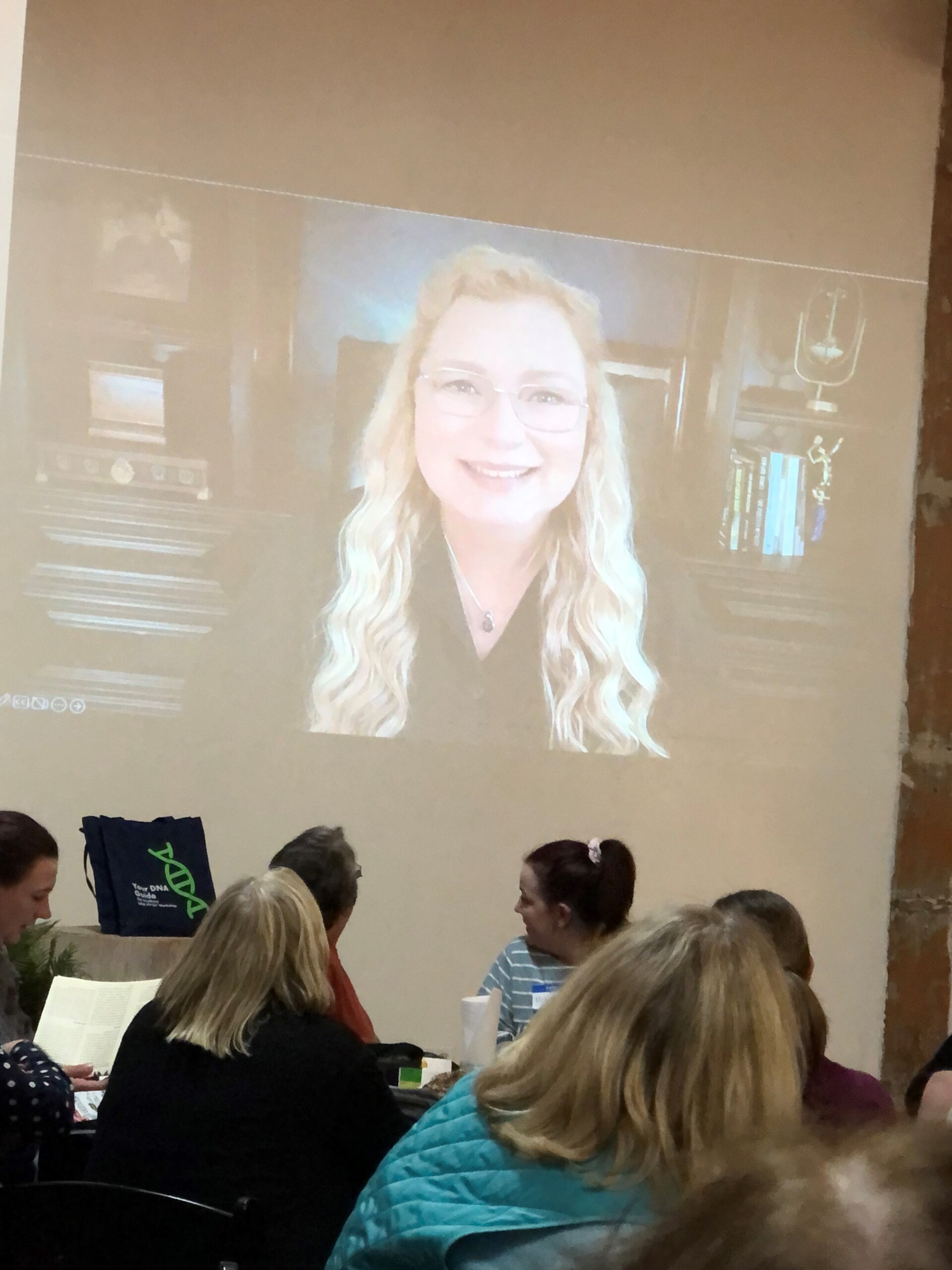
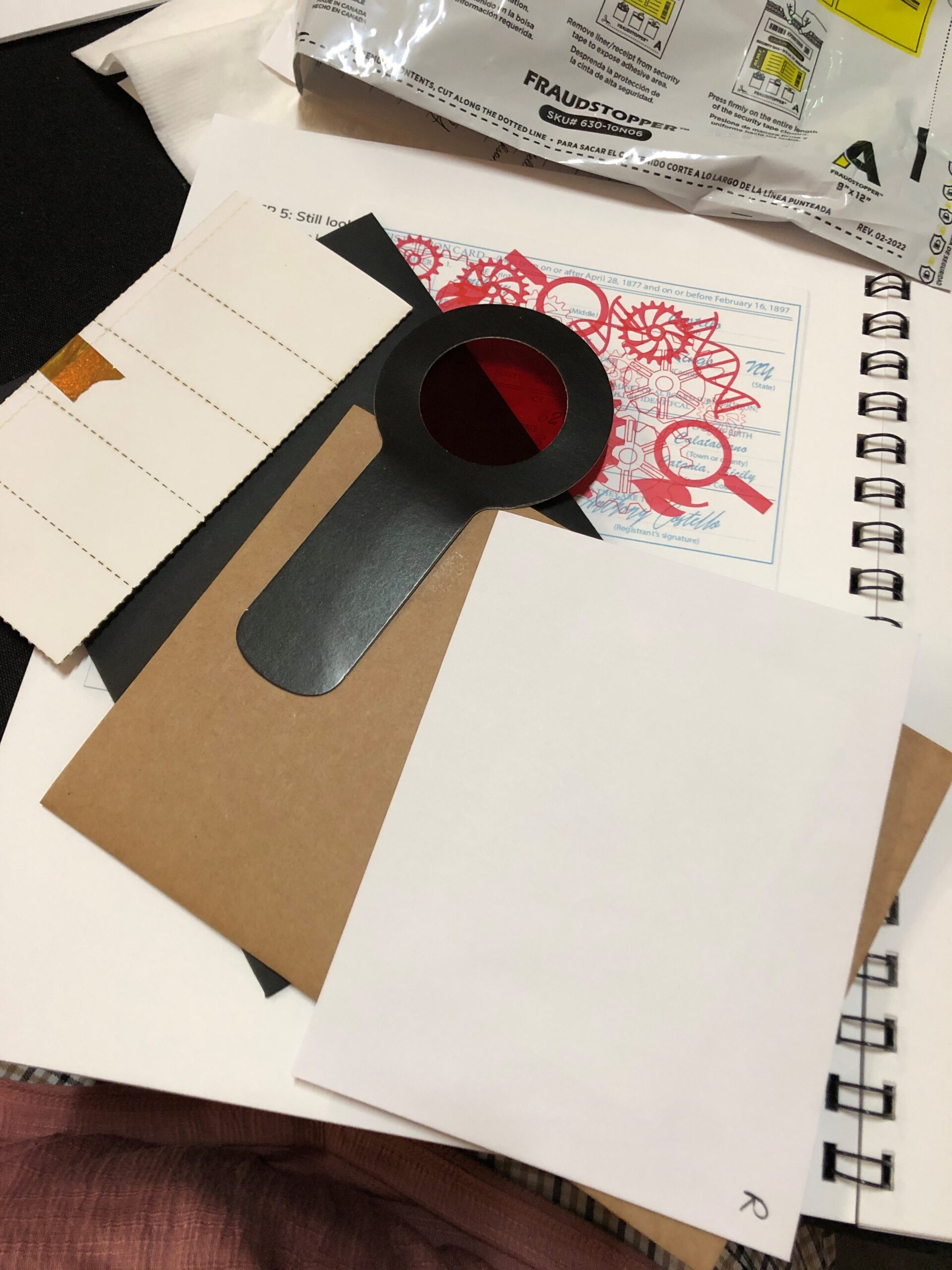
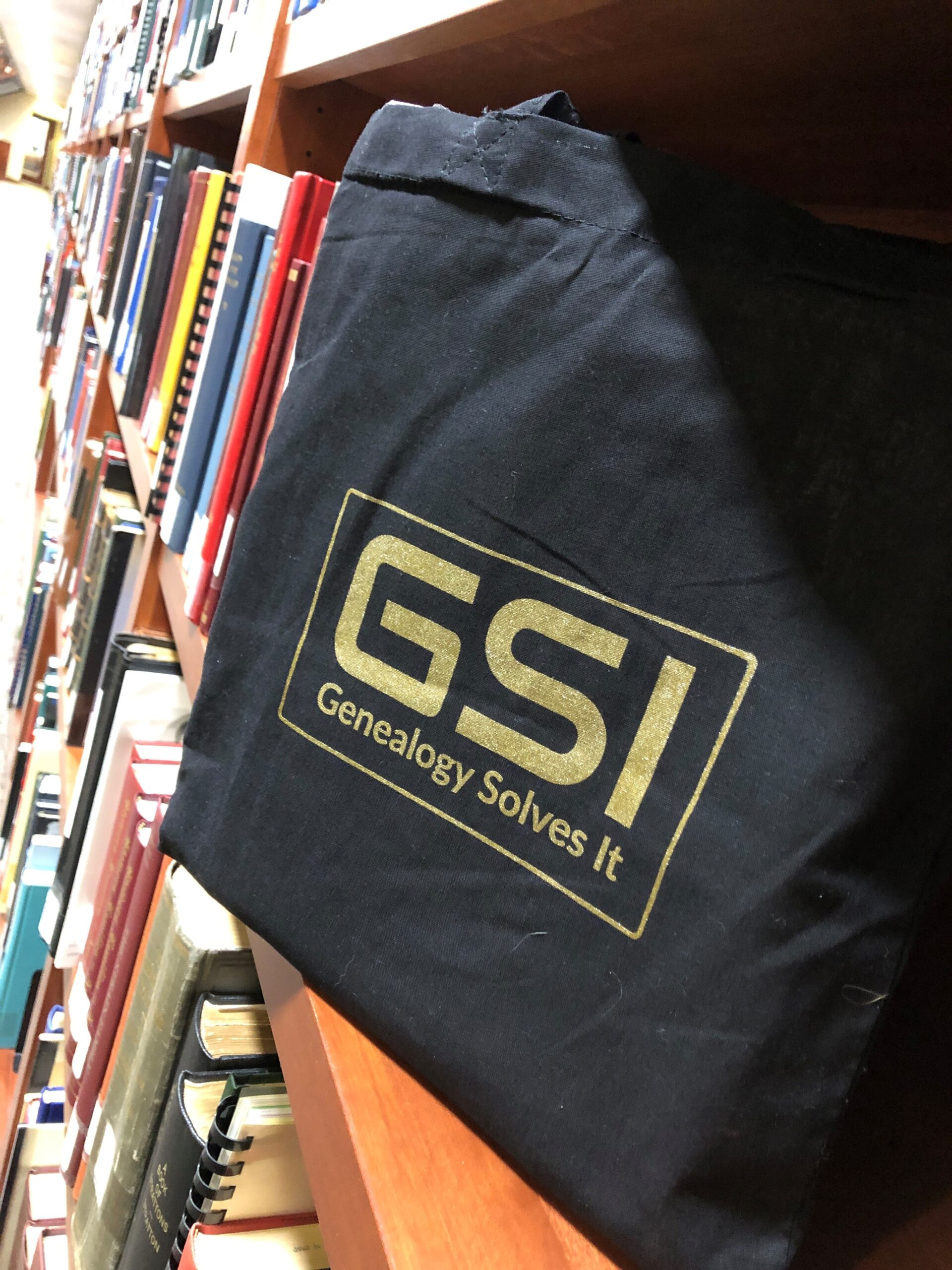
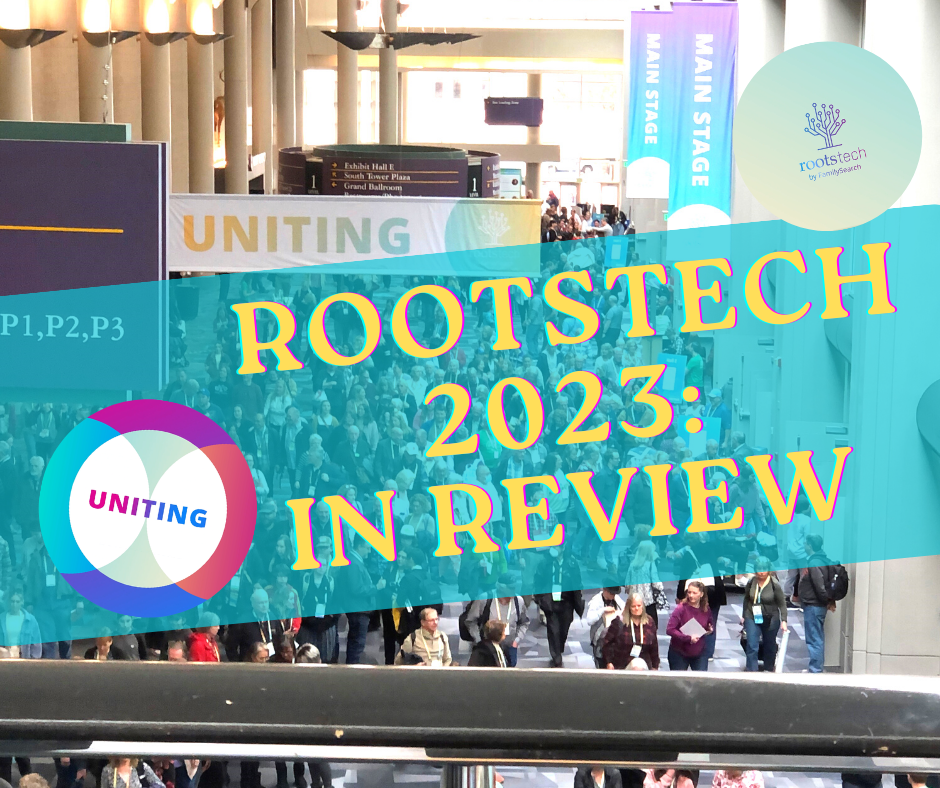
 Now that 2023 has arrived and Covid has at least loosened its deadly grip on the world, the RootsTech team made the brave decision to return to Salt Lake City – in person – while keeping the virtual options fresh and alive to maintain the global connections built over the past two years.
Now that 2023 has arrived and Covid has at least loosened its deadly grip on the world, the RootsTech team made the brave decision to return to Salt Lake City – in person – while keeping the virtual options fresh and alive to maintain the global connections built over the past two years. And the blunt fact that we all need to remember is that for over three years, we lived in a terrified state. So many people died or almost died across our globe. We lost too many wonderful genie friends, and we will never be the same in many ways.
And the blunt fact that we all need to remember is that for over three years, we lived in a terrified state. So many people died or almost died across our globe. We lost too many wonderful genie friends, and we will never be the same in many ways. But what a wonderful turn out it turned out to be!
But what a wonderful turn out it turned out to be!


 If you plan on coming out next year – the dates have already been set, and one word of planning caution – from what I observed – with both merchandise and the food set-up – this conference has moved to a cashless system.
If you plan on coming out next year – the dates have already been set, and one word of planning caution – from what I observed – with both merchandise and the food set-up – this conference has moved to a cashless system.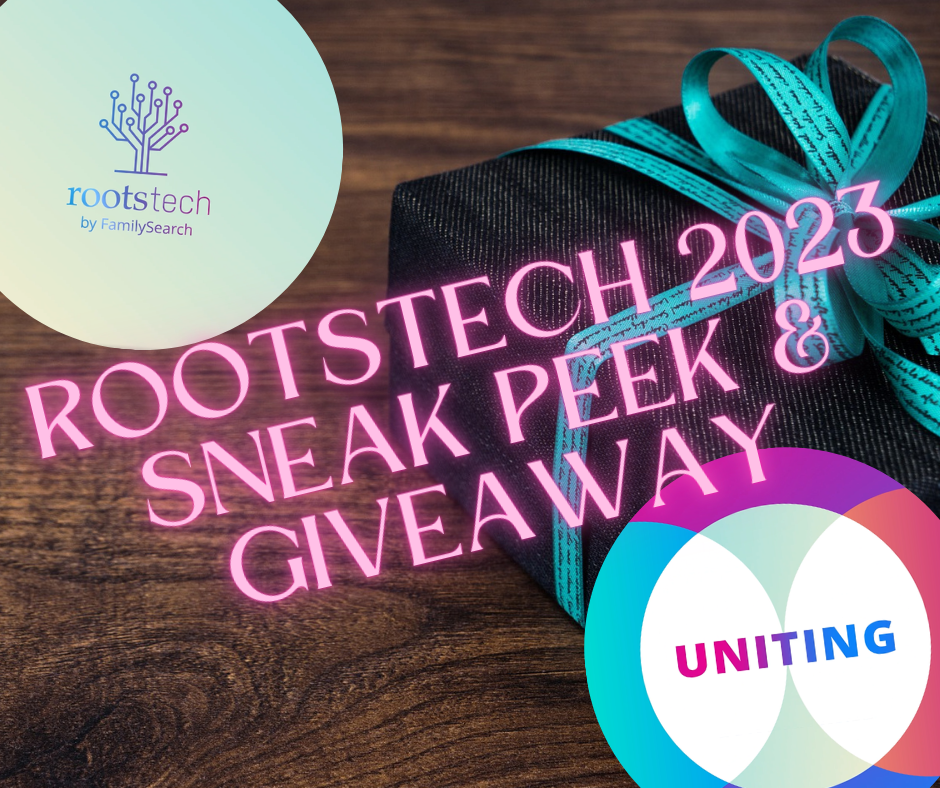
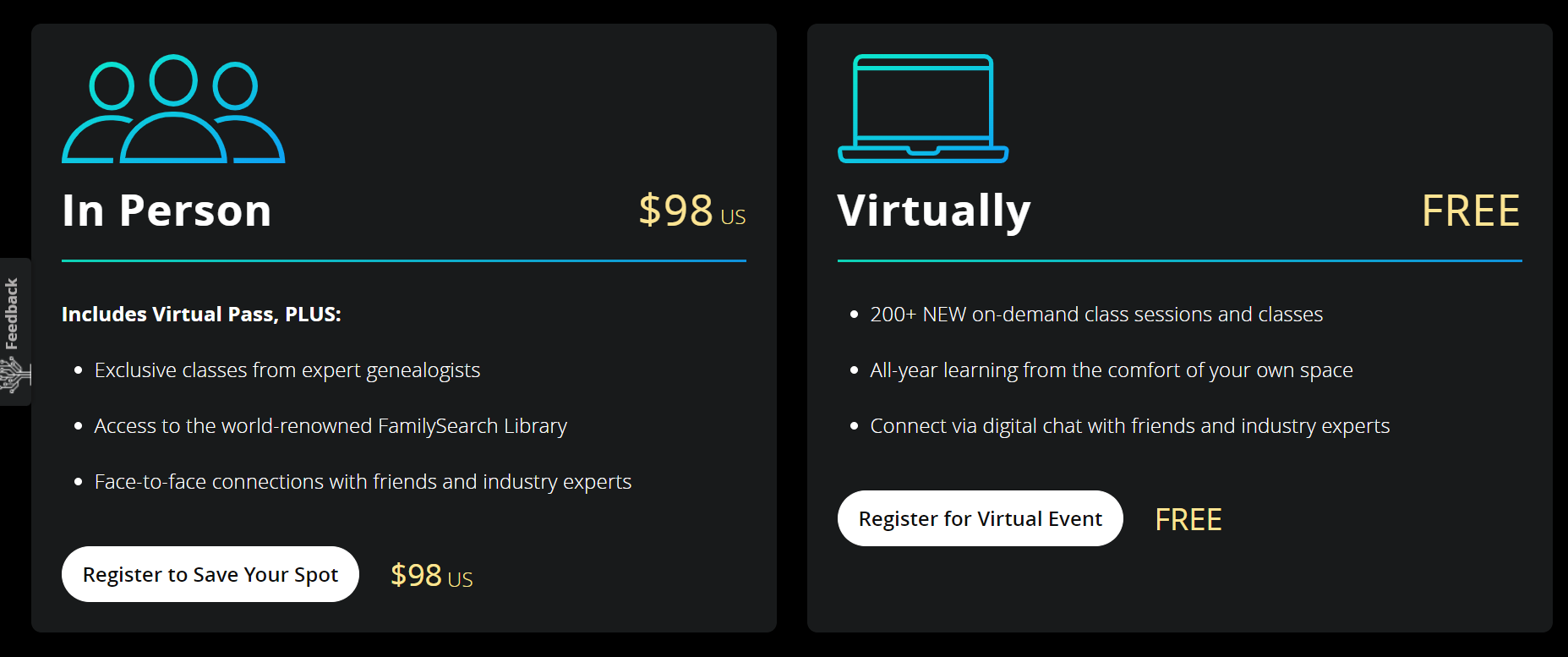

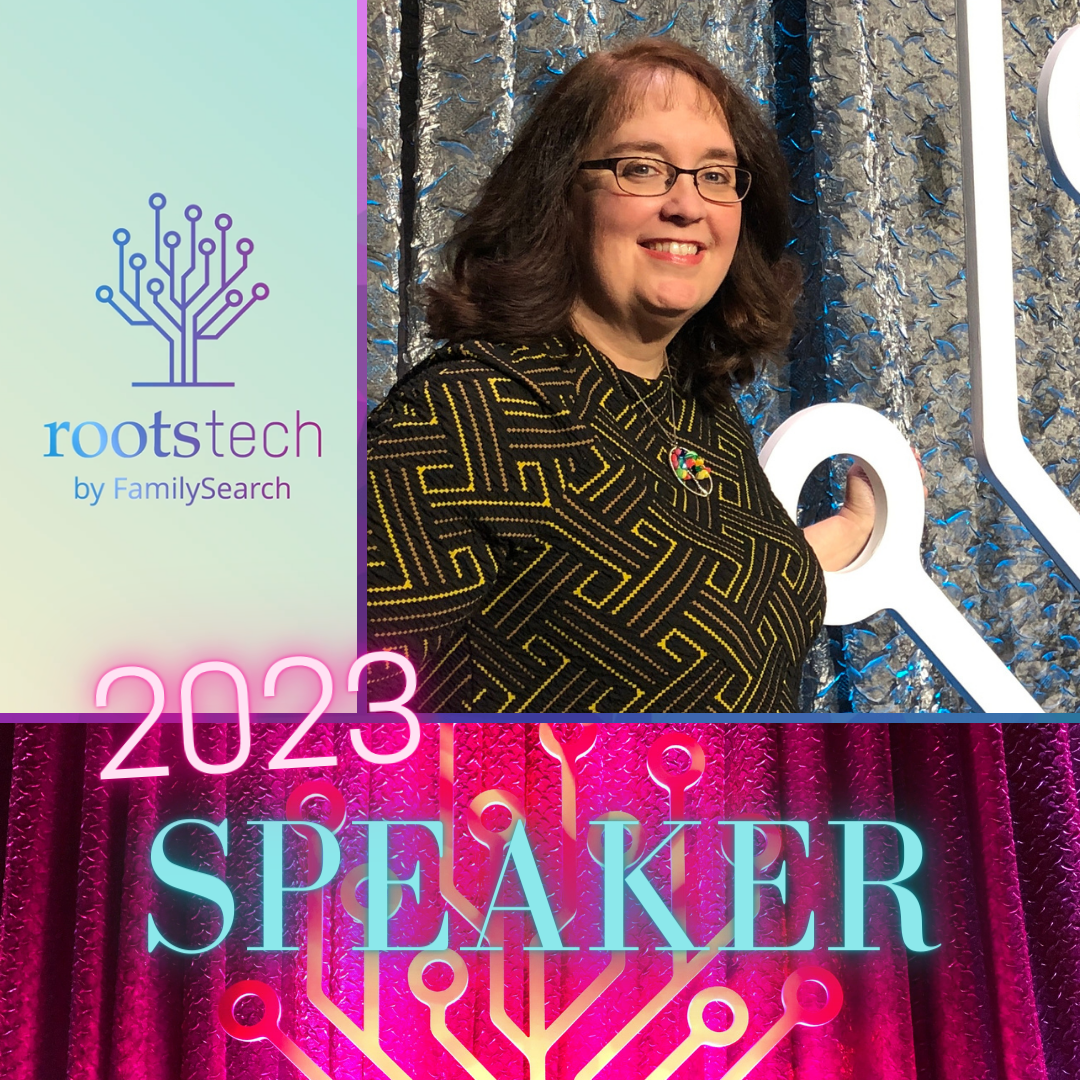 Picture It: Photo Identification and Preservation Workshop @ the FS Library, Friday, March 3 • 8:00 AM – 10:30 AM
Picture It: Photo Identification and Preservation Workshop @ the FS Library, Friday, March 3 • 8:00 AM – 10:30 AM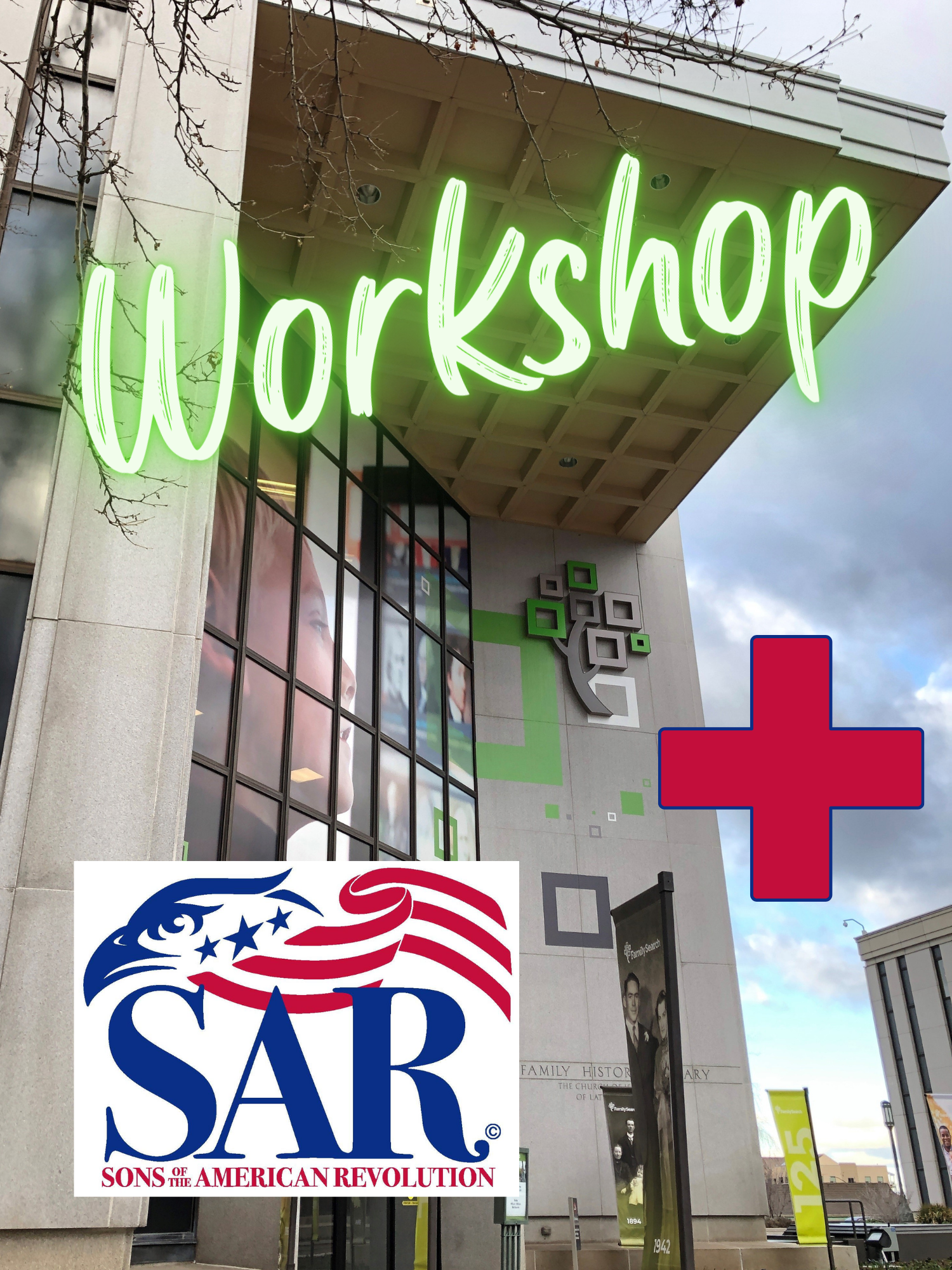 BTW, if you caught that one of my sessions has a seemingly duplicate entry – that’s because I am giving this very special workshop twice at the Family Search Library (formerly the FHL)! This 2 hour hands-on workshop is co-sponsored by the the FSL and the
BTW, if you caught that one of my sessions has a seemingly duplicate entry – that’s because I am giving this very special workshop twice at the Family Search Library (formerly the FHL)! This 2 hour hands-on workshop is co-sponsored by the the FSL and the 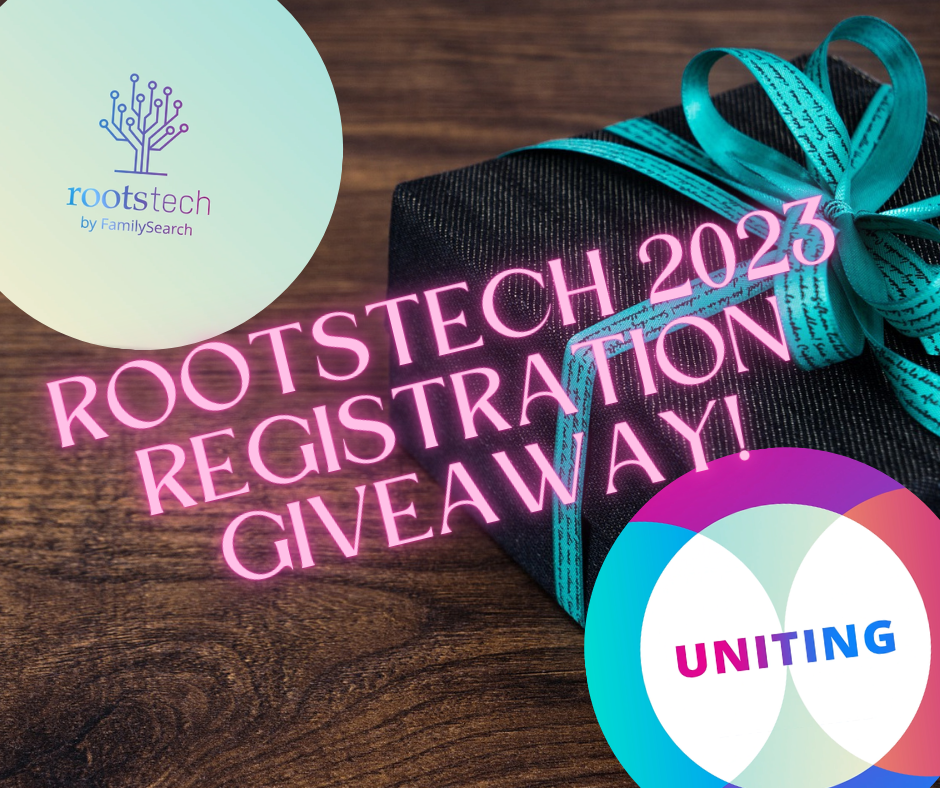 Now for the Giveaway!
Now for the Giveaway!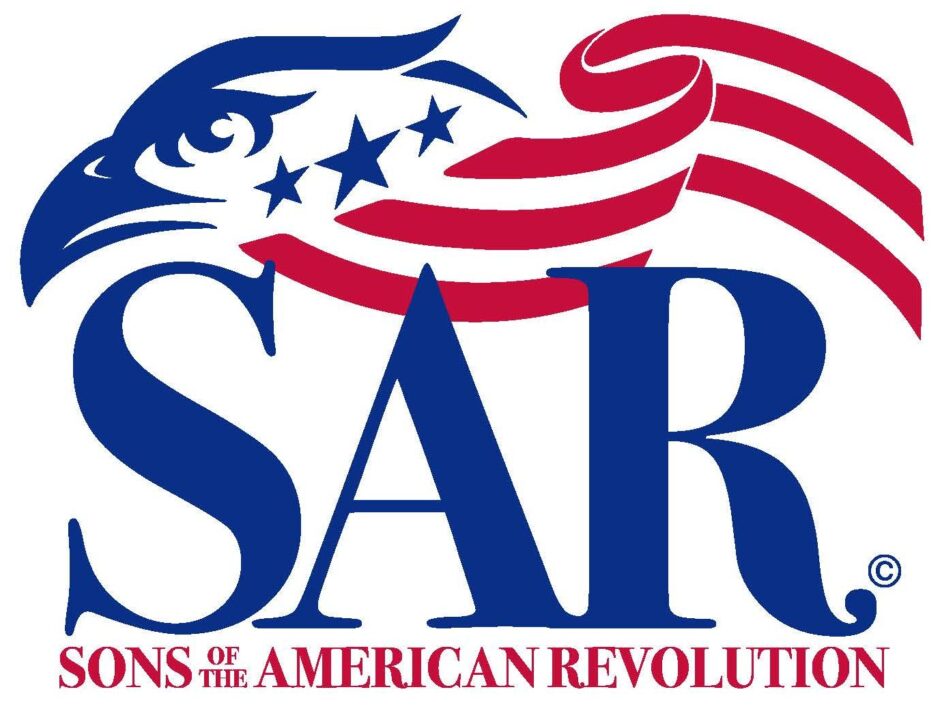
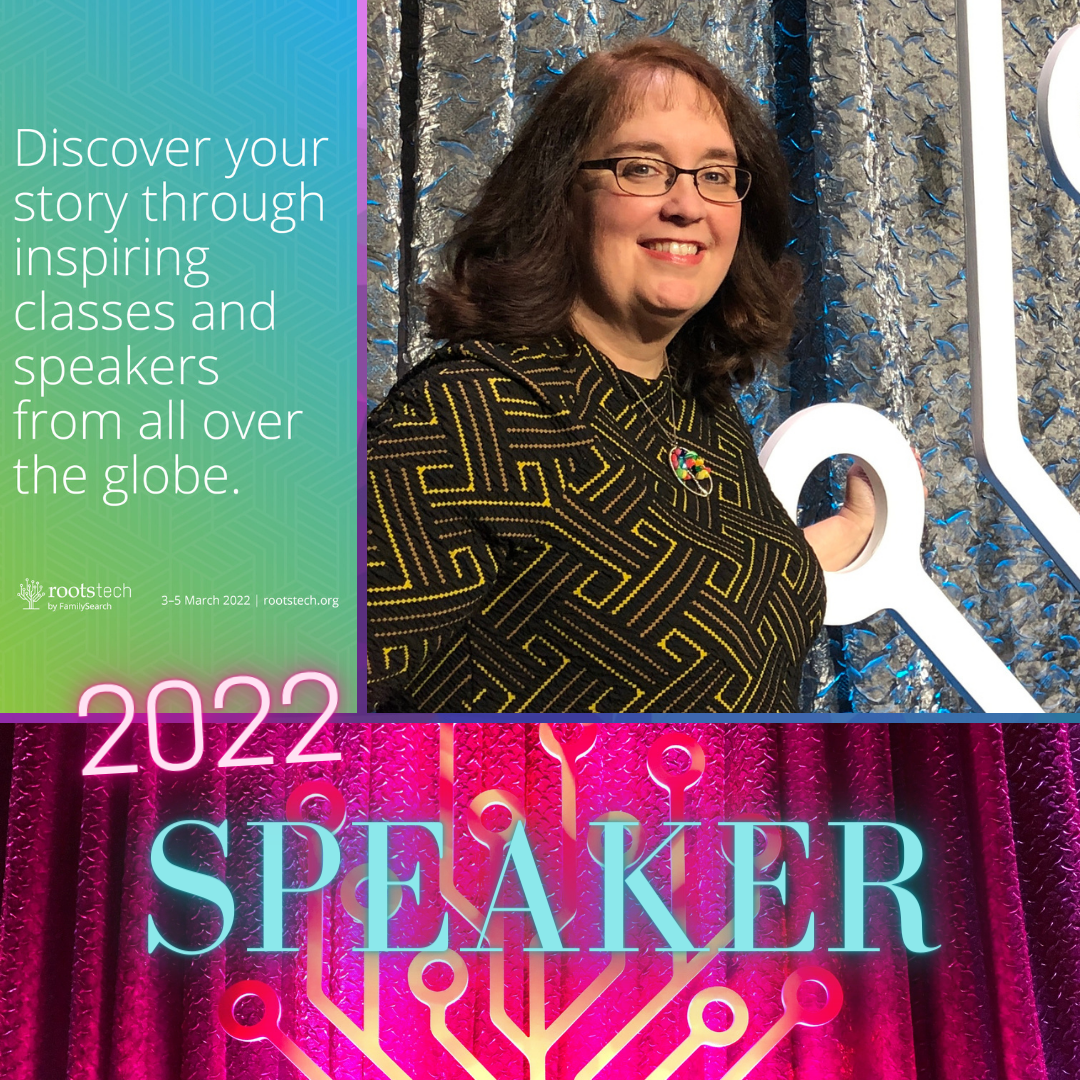 RootsTech 2022: This year’s RootsTech was much like 2021 – videos submitted – to be posted to my profile of available videos. I was delighted recently to see that they have added my in-person session from 2020: Tackling Difficult Chapters of Your Family History. Meaning, if you visit my
RootsTech 2022: This year’s RootsTech was much like 2021 – videos submitted – to be posted to my profile of available videos. I was delighted recently to see that they have added my in-person session from 2020: Tackling Difficult Chapters of Your Family History. Meaning, if you visit my 
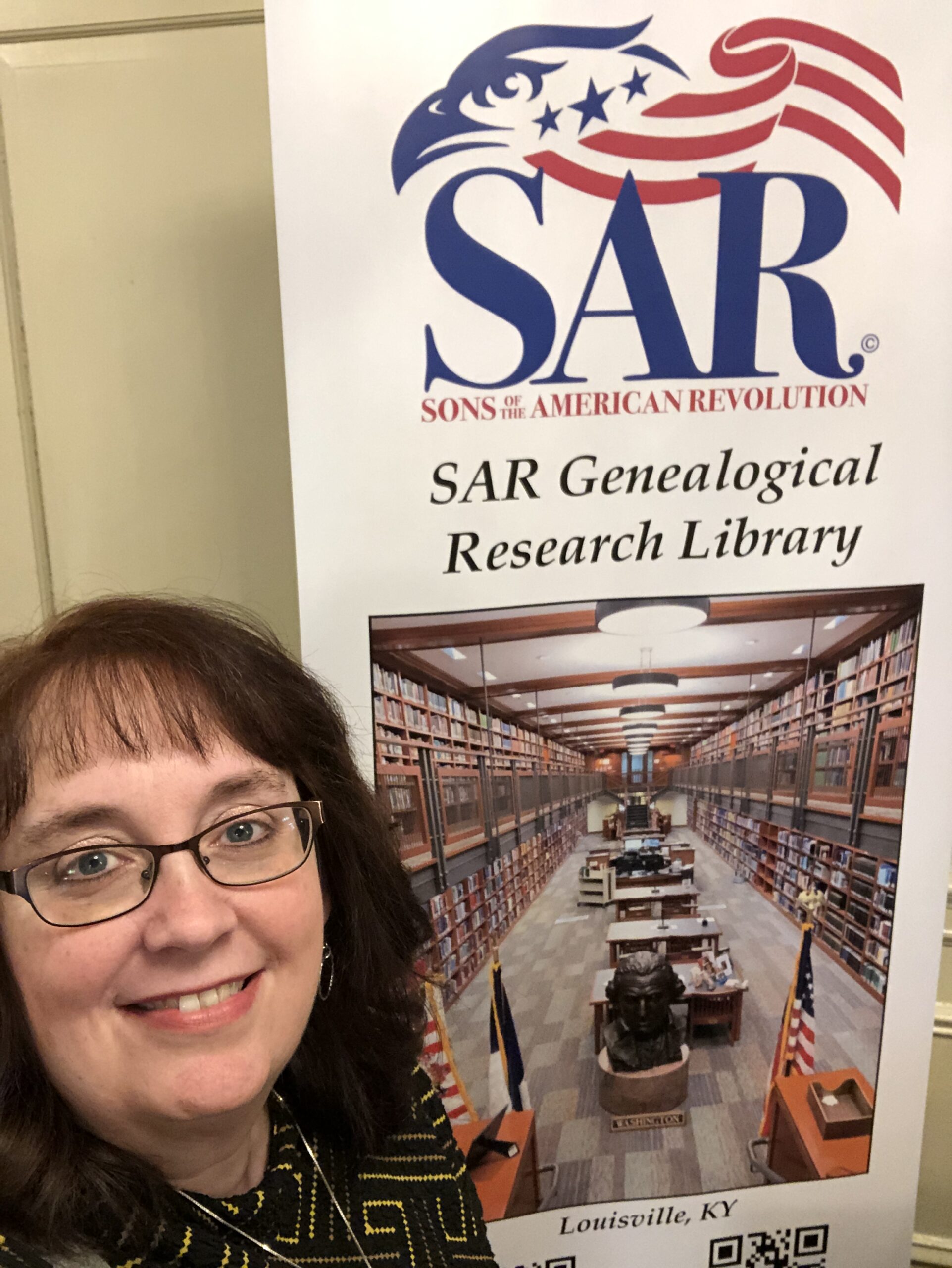 The Final Plot Twist: As I mentioned earlier – these previous events were then overshadowed by the biggest plot twist of all: After 10 years at the Kentucky Historical Society, I left to join the
The Final Plot Twist: As I mentioned earlier – these previous events were then overshadowed by the biggest plot twist of all: After 10 years at the Kentucky Historical Society, I left to join the 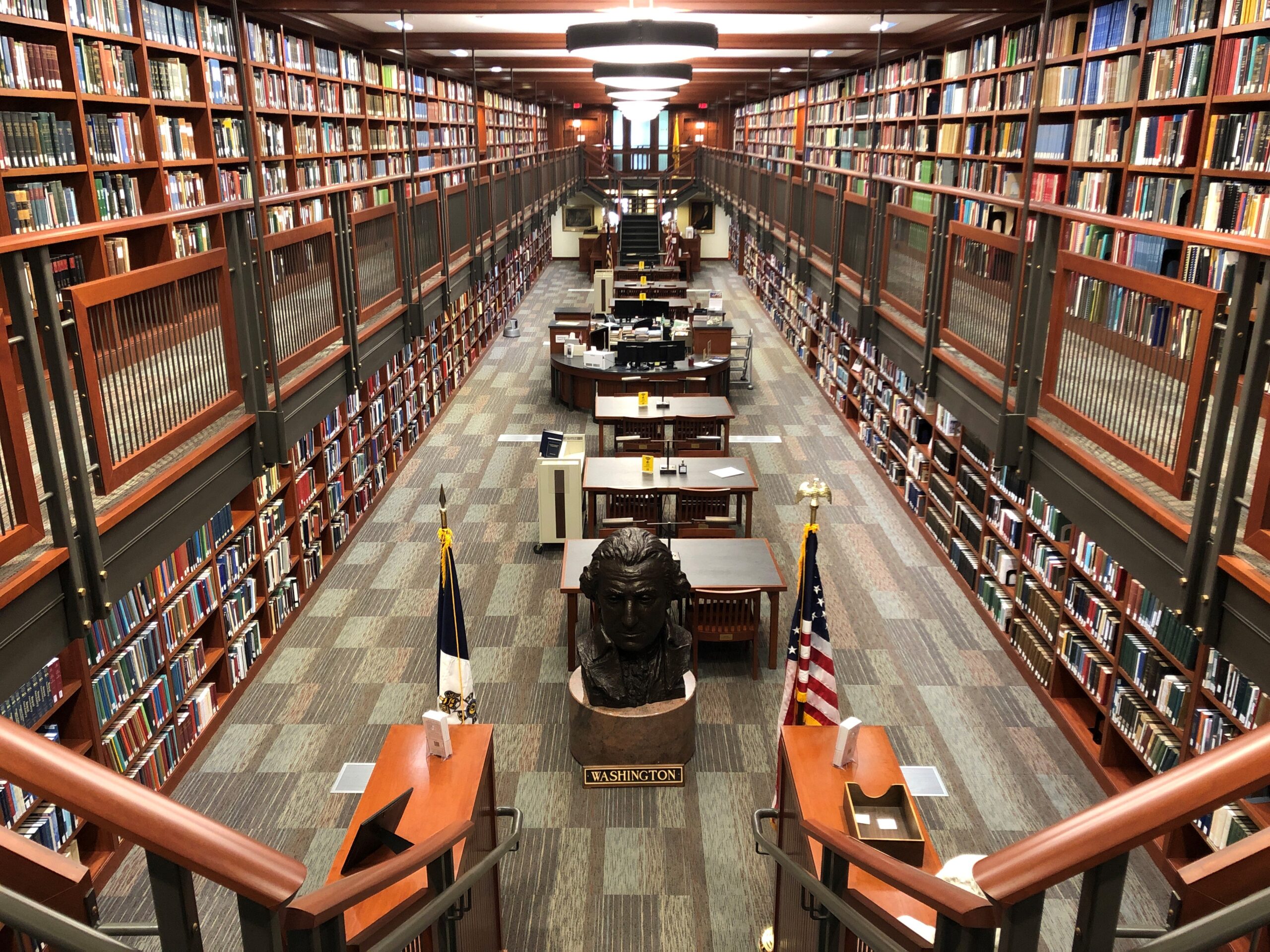
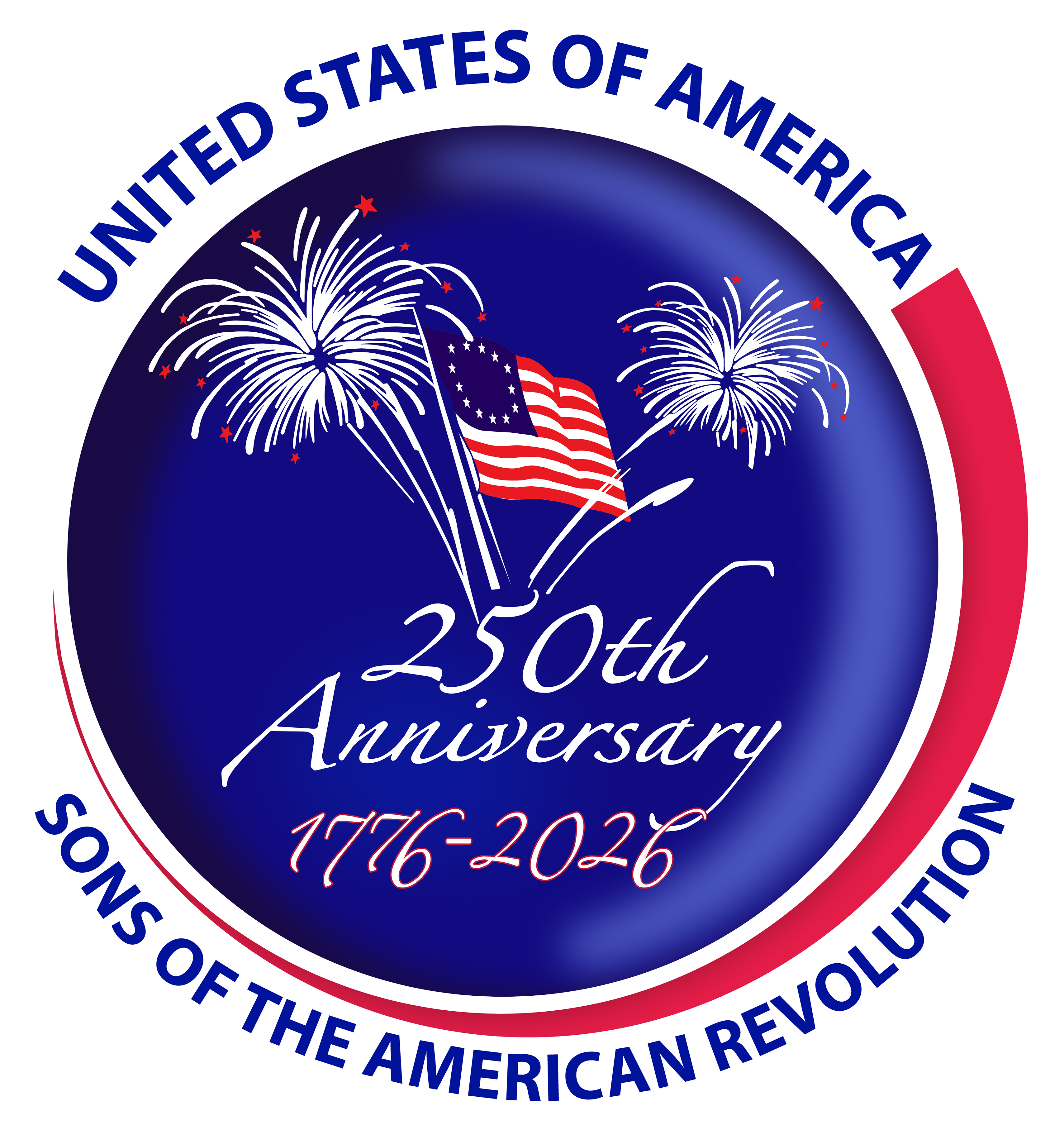 With an amazing national collection, I can’t wait to share more with you all over the coming months. Just a reminder that the 250th Anniversary of America’s birth is coming in the next 4 years, so the programming will build at a very fast pace. We are busy developing a new library webpage portal for continued content, events, and resources for researching your American Revolution era ancestors. While we wait for this aspect to go live, please be sure to join our
With an amazing national collection, I can’t wait to share more with you all over the coming months. Just a reminder that the 250th Anniversary of America’s birth is coming in the next 4 years, so the programming will build at a very fast pace. We are busy developing a new library webpage portal for continued content, events, and resources for researching your American Revolution era ancestors. While we wait for this aspect to go live, please be sure to join our 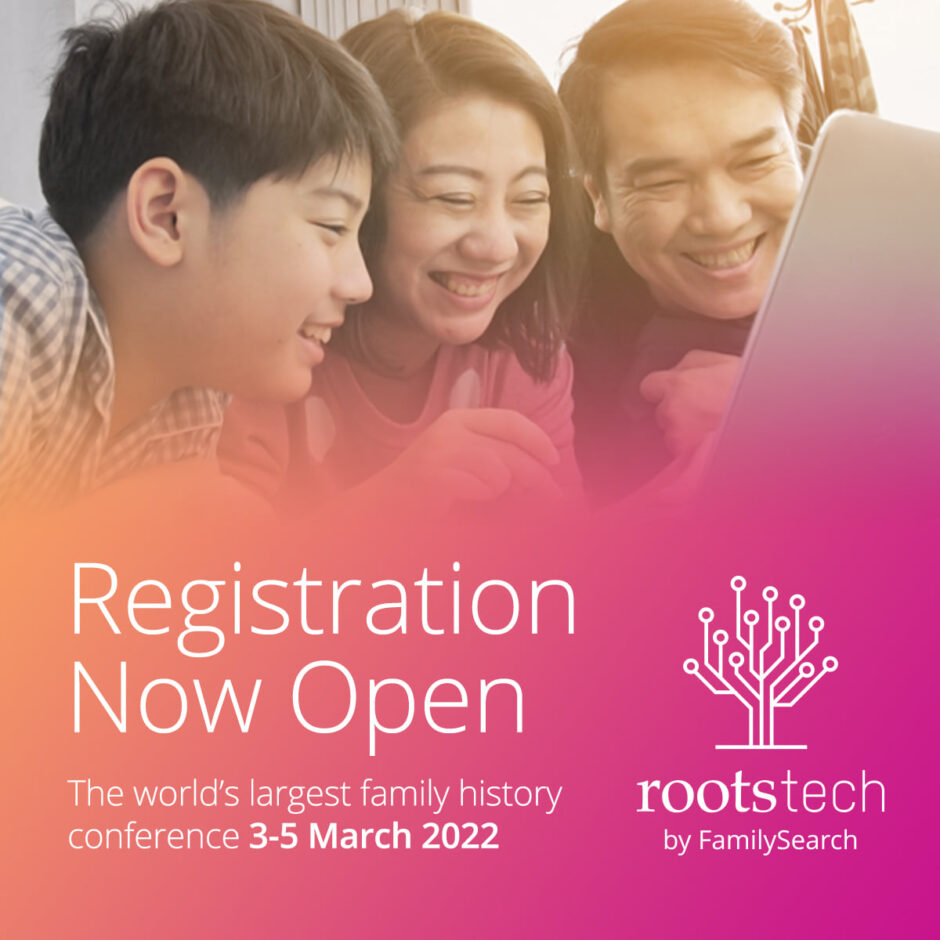
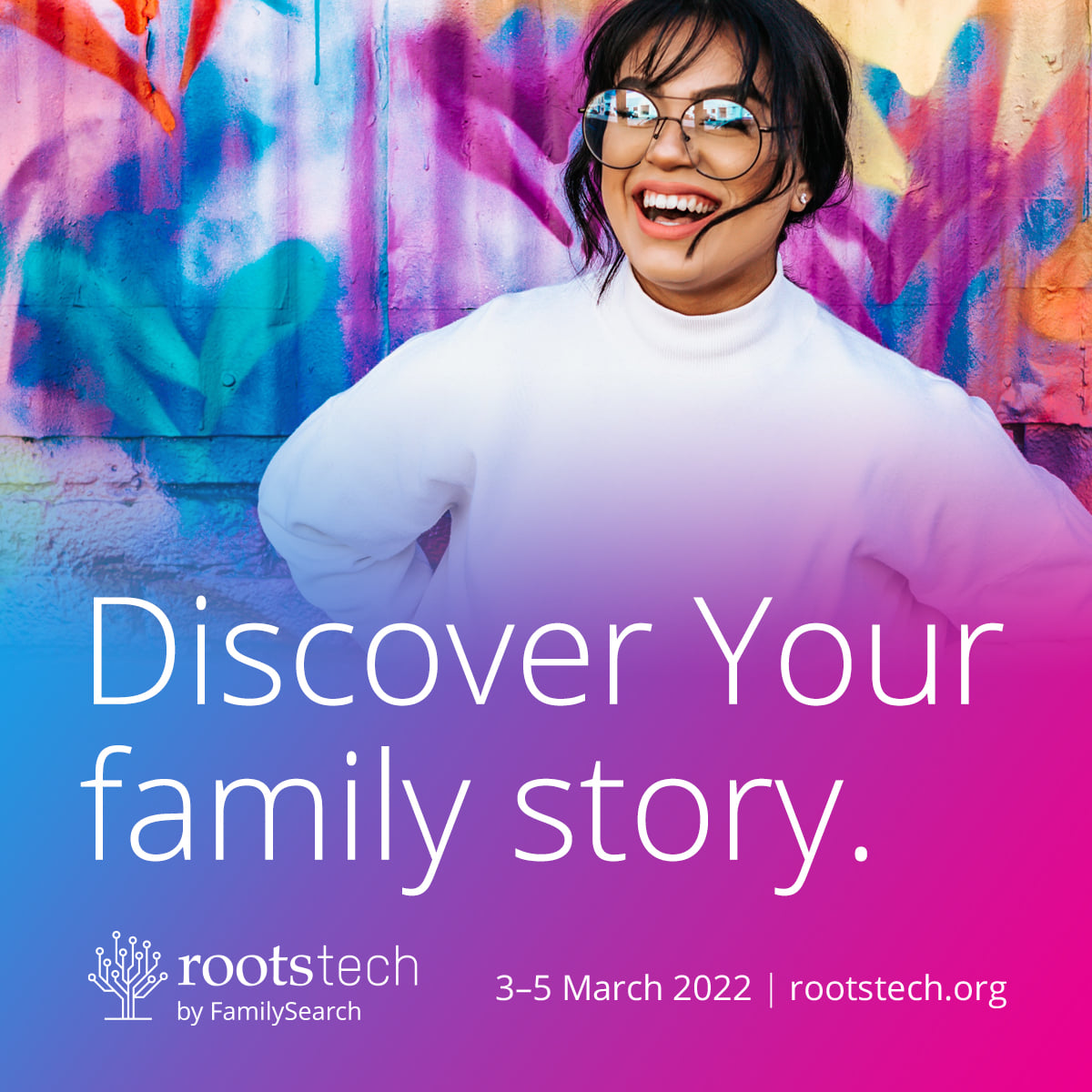 Calling all family historians and genealogists:
Calling all family historians and genealogists: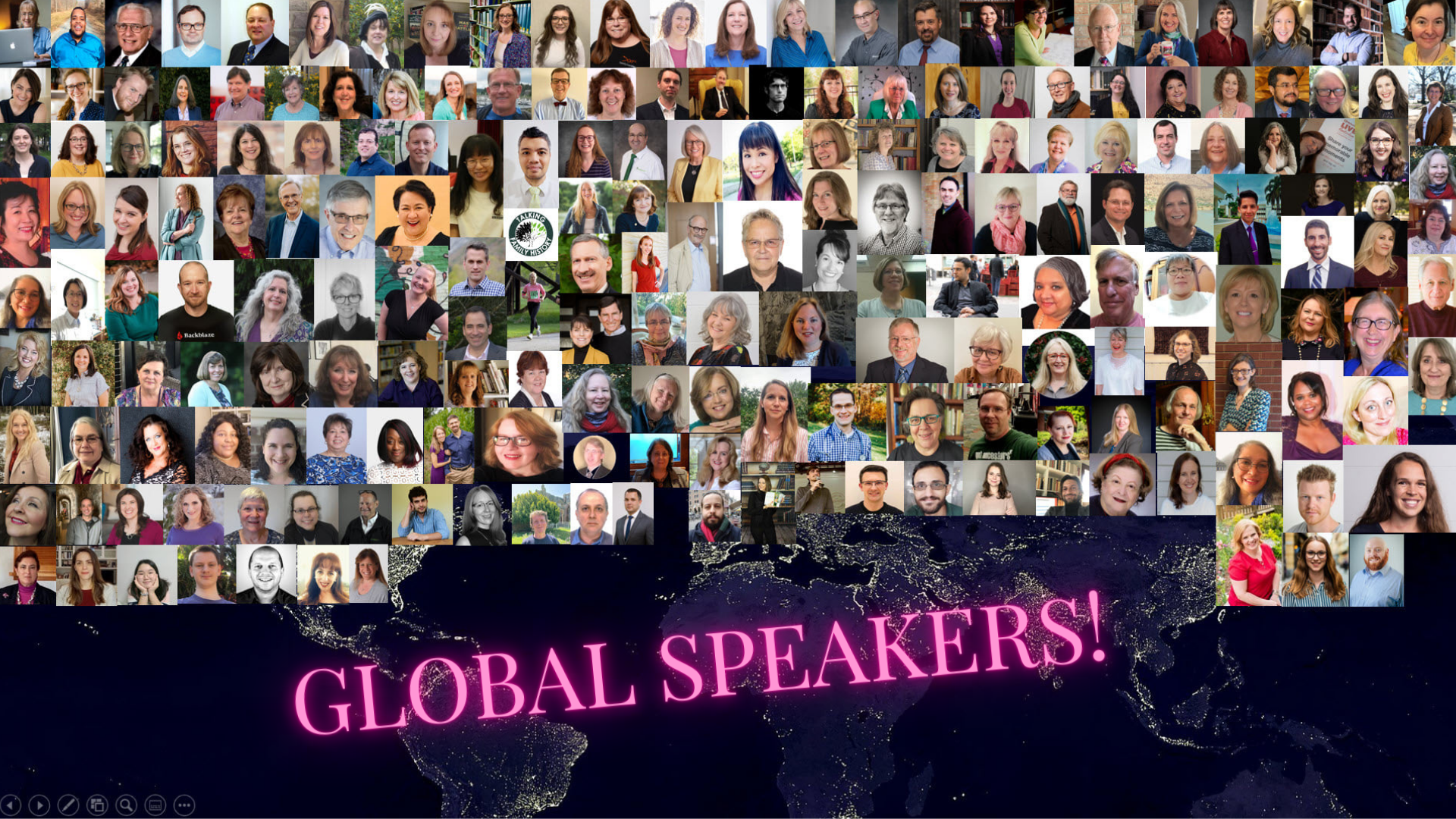
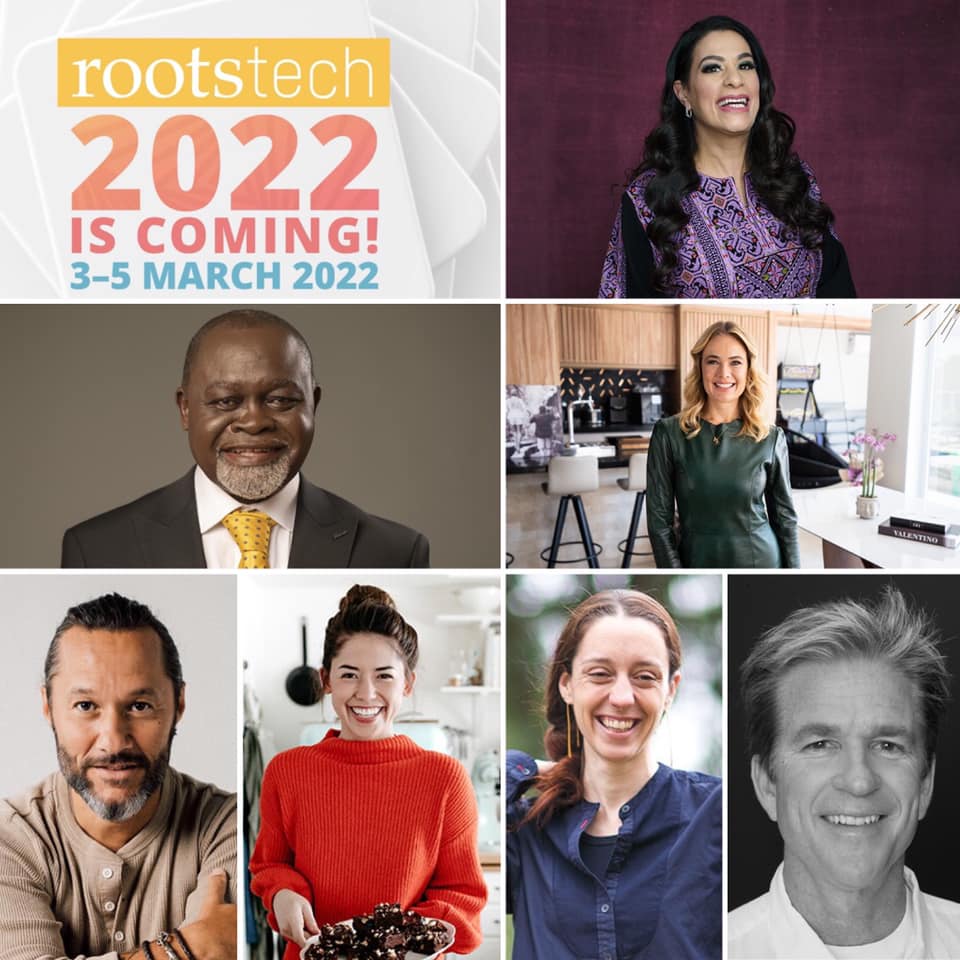
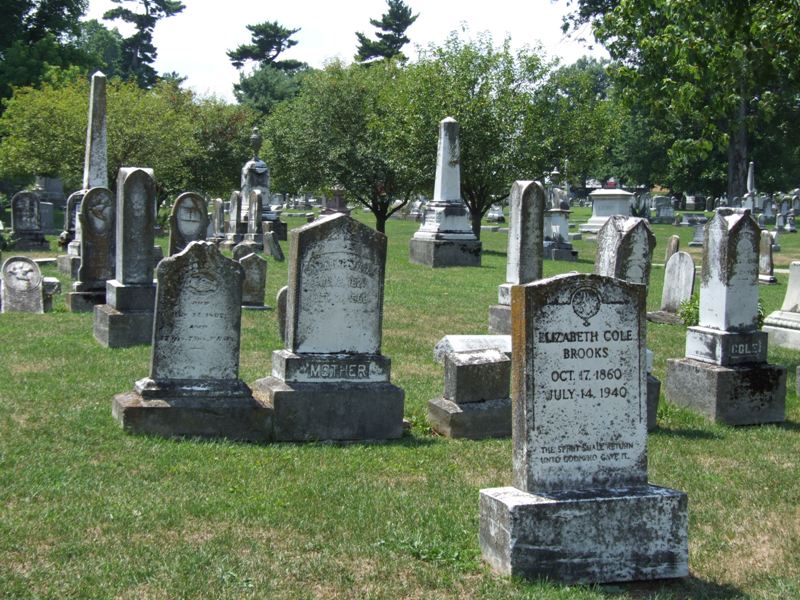
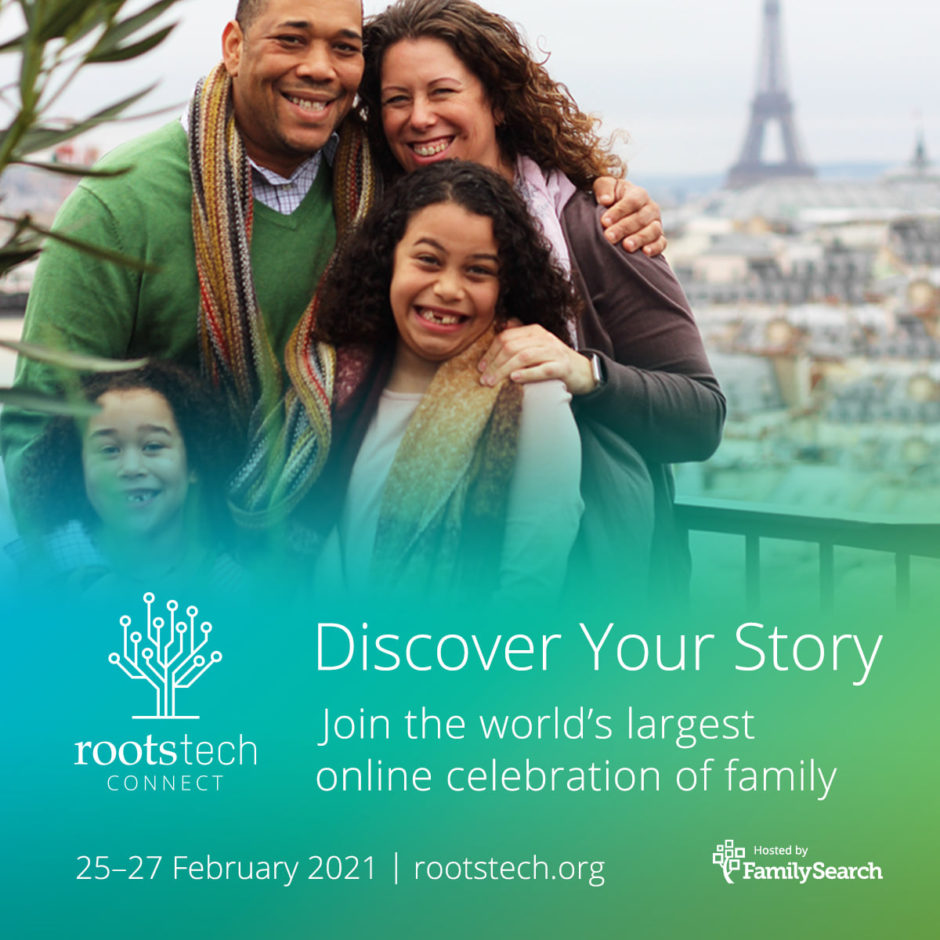
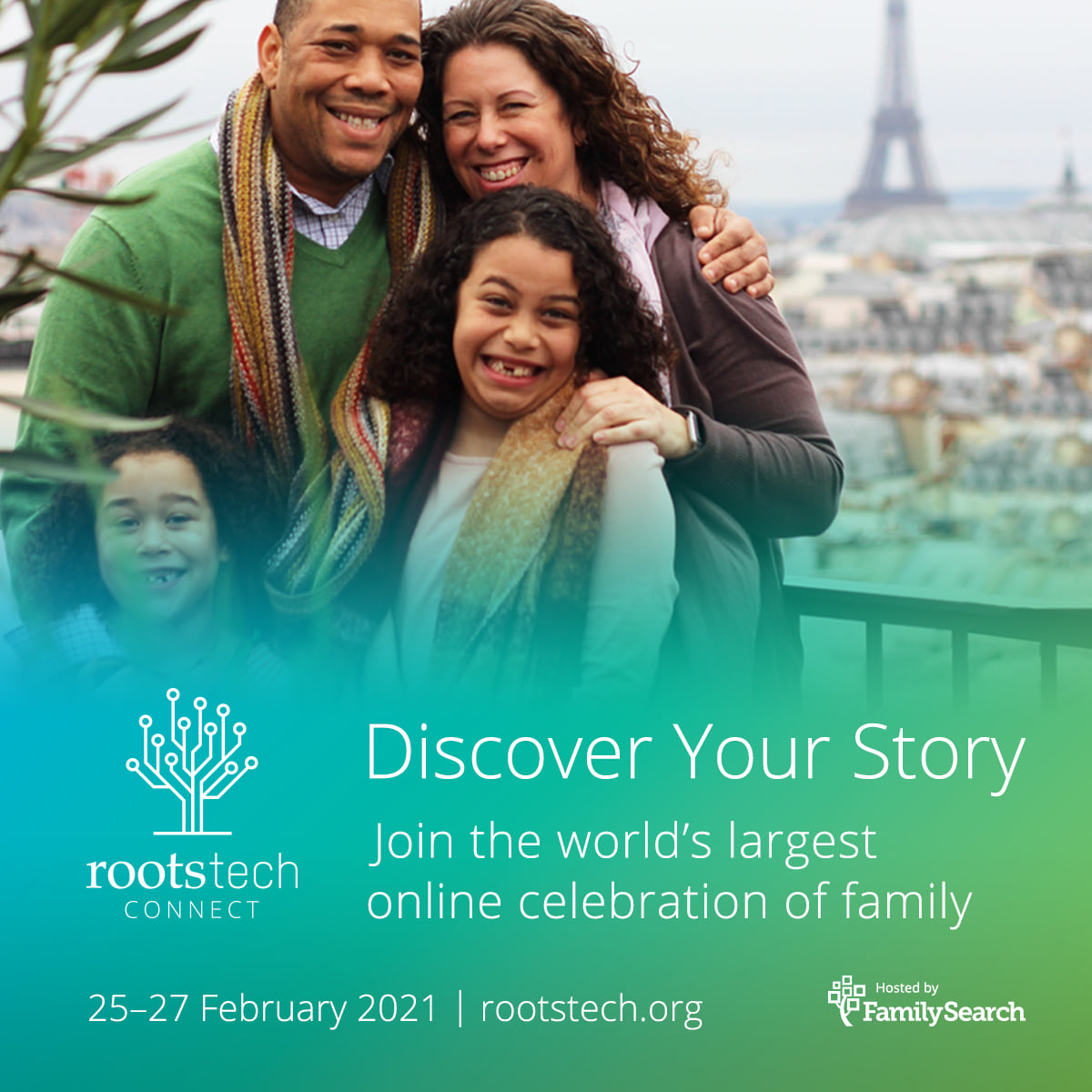 As most of you know, the RootsTech Conference has been transformed into a FREE virtual world-wide event for 2021 – Called
As most of you know, the RootsTech Conference has been transformed into a FREE virtual world-wide event for 2021 – Called 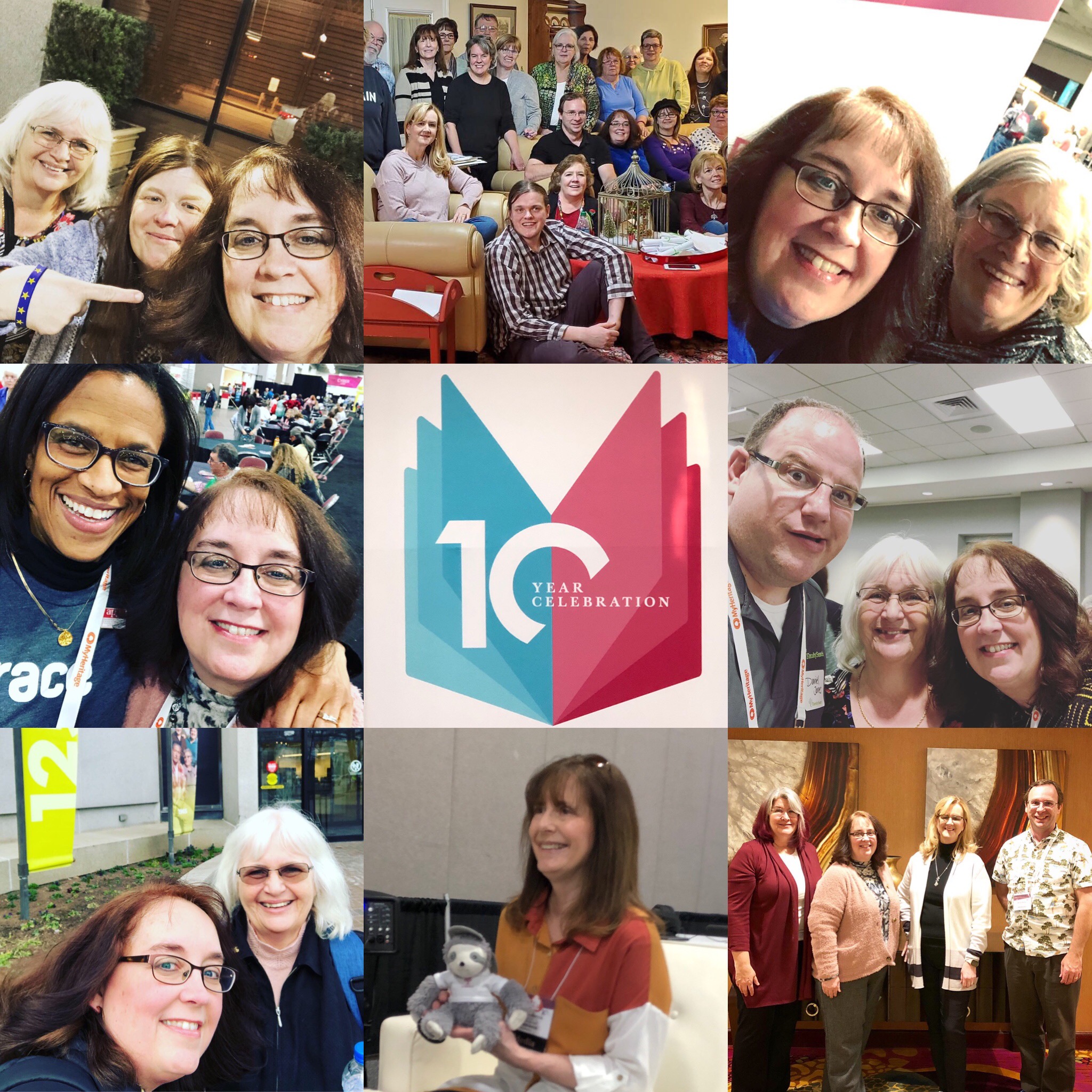 This time last year, many of us were happily traipsing around the Salt Palace in downtown Salt Lake City – wallowing in genealogy bliss – oblivious to the approaching Pandemic storm. Those memories will always be very poignant as the years progress, because as soon as we all got home, the world shut down. And indeed, I believe our world changed forever in many ways. One of the largest changes to hit was the inability to travel or gather in large groups. Effectively removing the on-site conference experience.
This time last year, many of us were happily traipsing around the Salt Palace in downtown Salt Lake City – wallowing in genealogy bliss – oblivious to the approaching Pandemic storm. Those memories will always be very poignant as the years progress, because as soon as we all got home, the world shut down. And indeed, I believe our world changed forever in many ways. One of the largest changes to hit was the inability to travel or gather in large groups. Effectively removing the on-site conference experience.